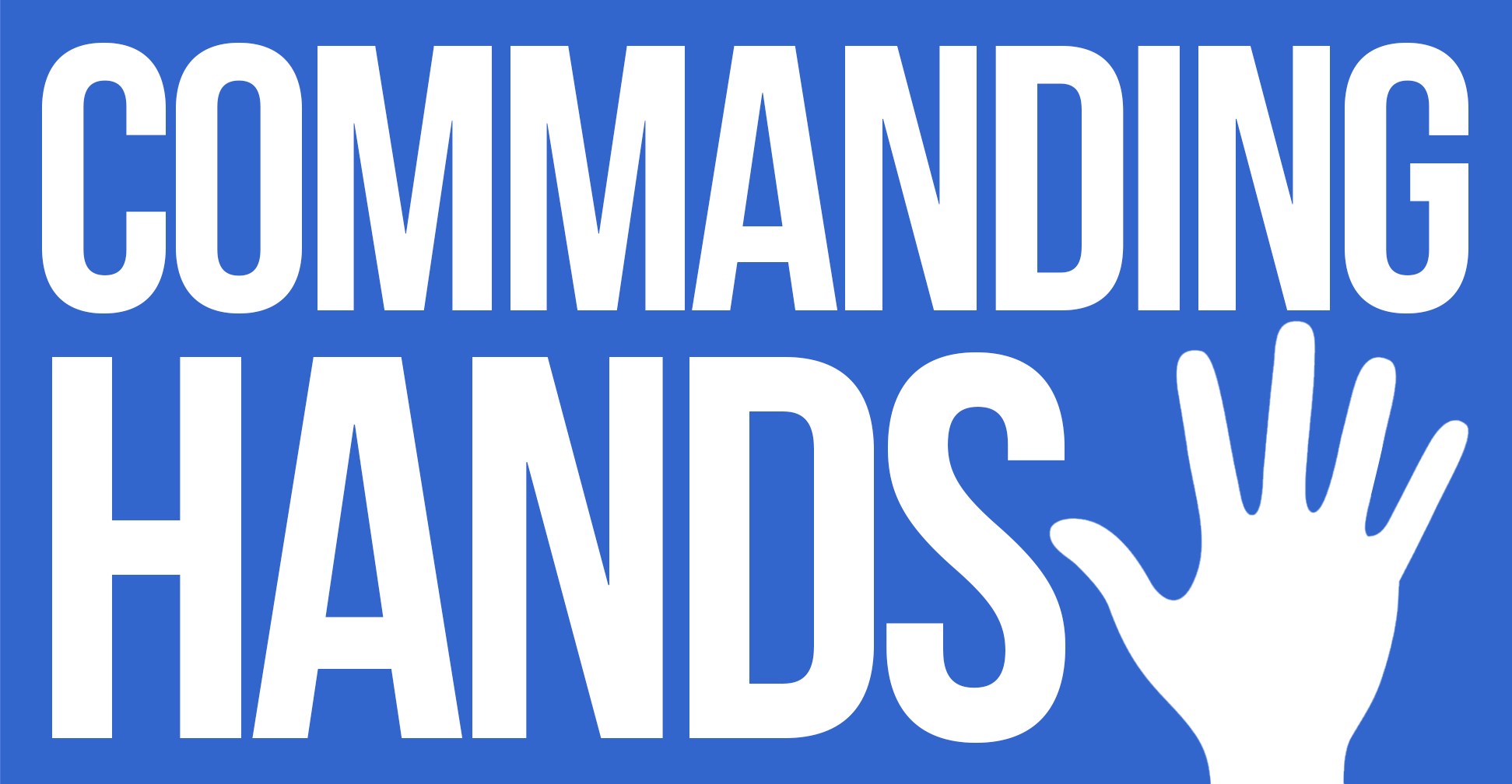Many family signs in BSL are initialised, for example MOTHER is signed by using the BSL letter M twice and FATHER is F twice. As family signs are nouns, mouth the English word at the same time as using the sign. Your lip pattern will help distinguish signs that have the same hand movements, for example BOY and SON.
Feminine signs like GIRL and WOMAN use the side of the face whereas masculine signs like BOY and MAN use the chin with the sign for MAN representing a beard. Titles used to address people can also follow this convention where the sign for WOMAN or MAN are used for MRS or MR respectively. Many signs in BSL are gender neutral in nature and some signs have gender neutral versions more commonly used among younger generations, for example PARENTS can either be signed as the letters M followed by F (for mother and father) or a variation demonstrated below that can be used for any two people.
Family terms
Family can be signed in two different ways.
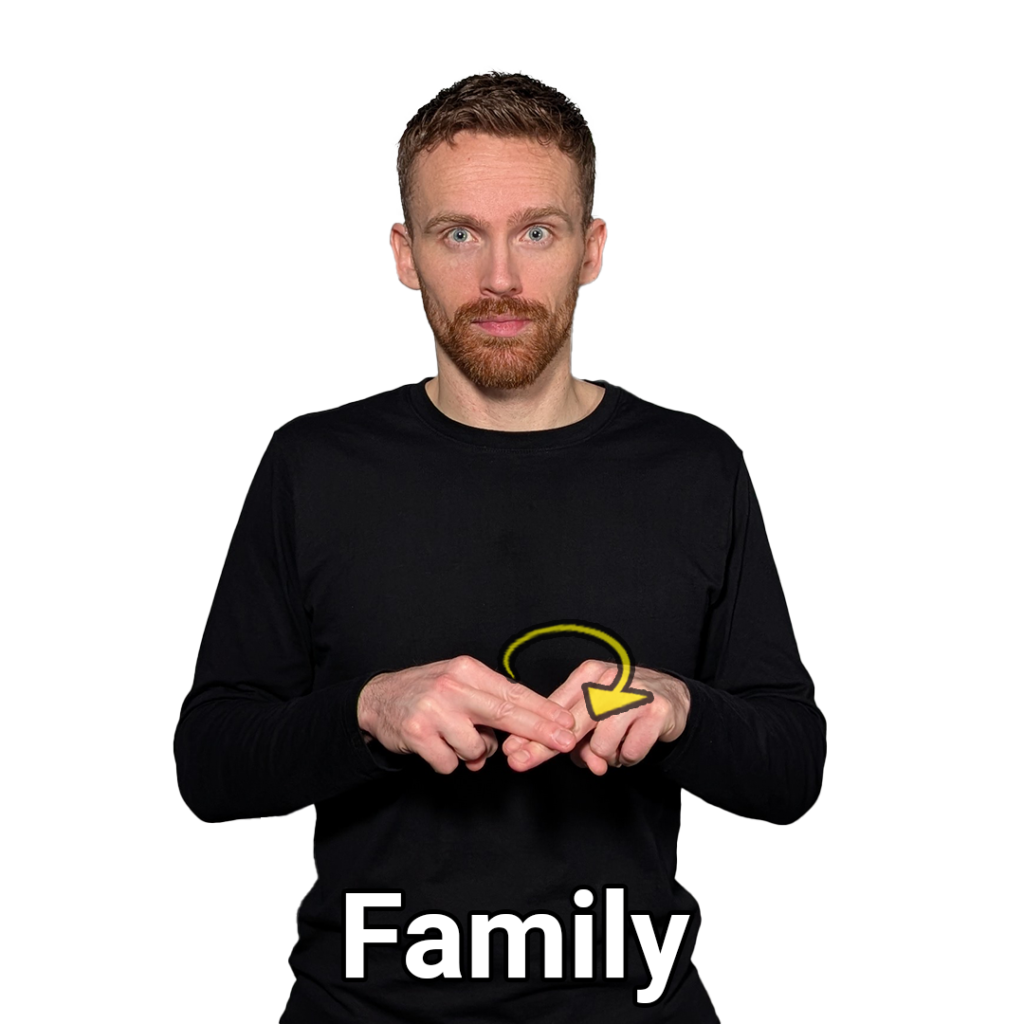
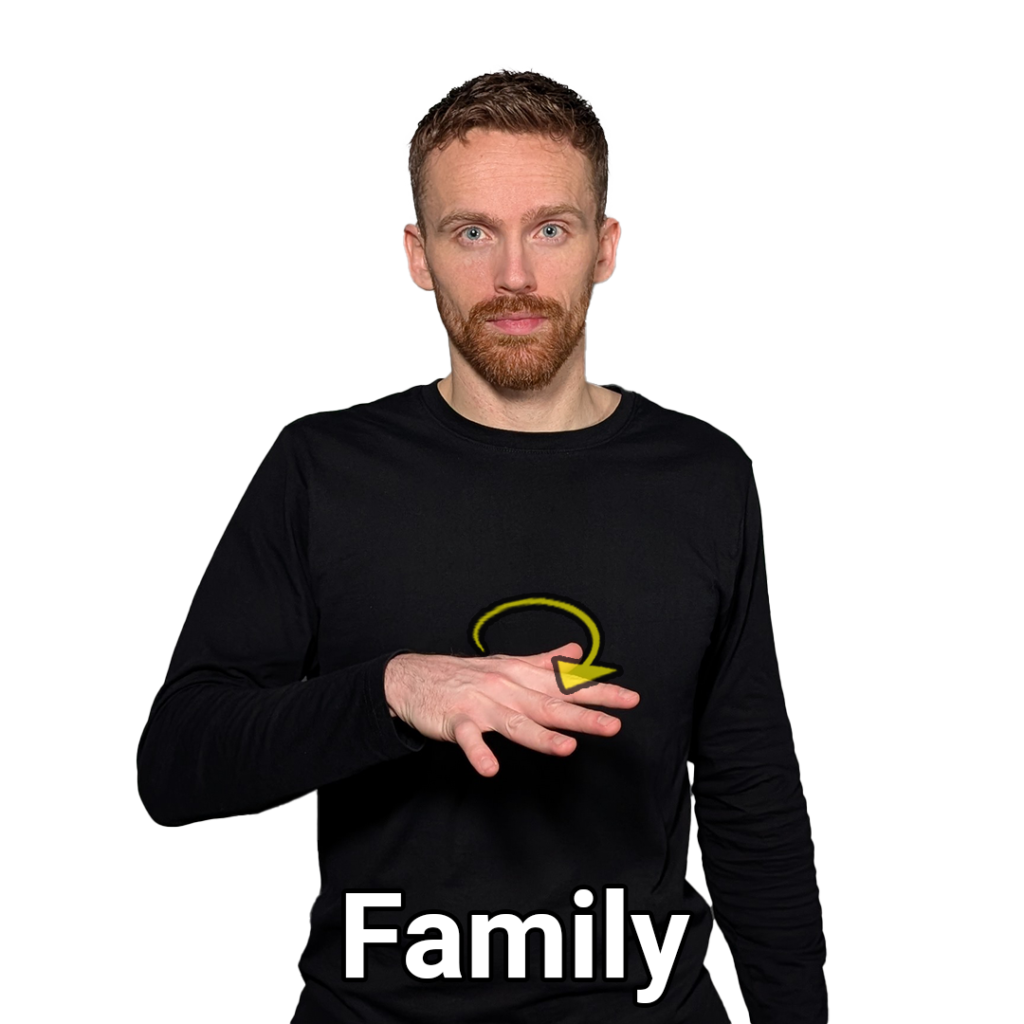
MOTHER and FATHER are signed by tapping the letter M or F twice. An alternative sign for MOTHER (sometimes interpreted as mum or mummy) is to tap the three fingers for M on the side of your forehead. Some signers prefer to tap the letter D twice for DAD. However, formally we’d recommend using the signs below.
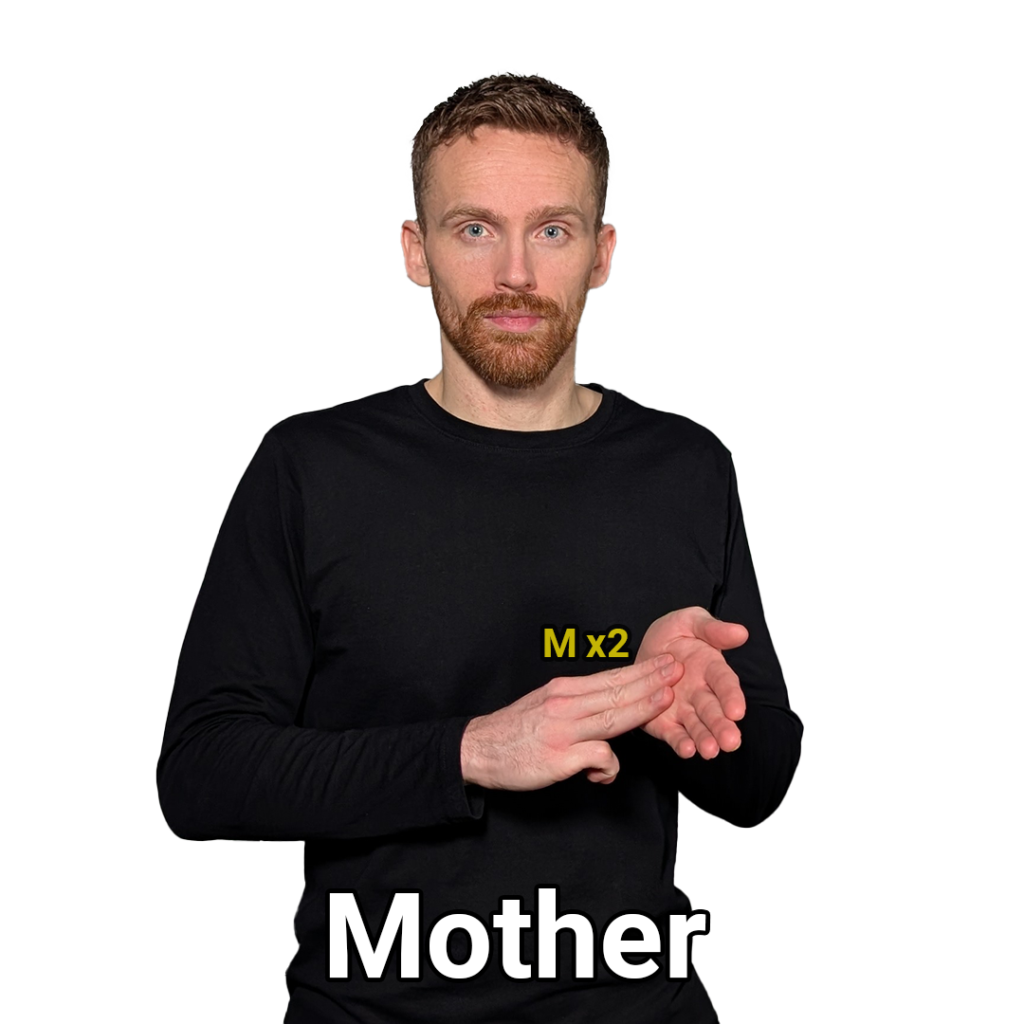
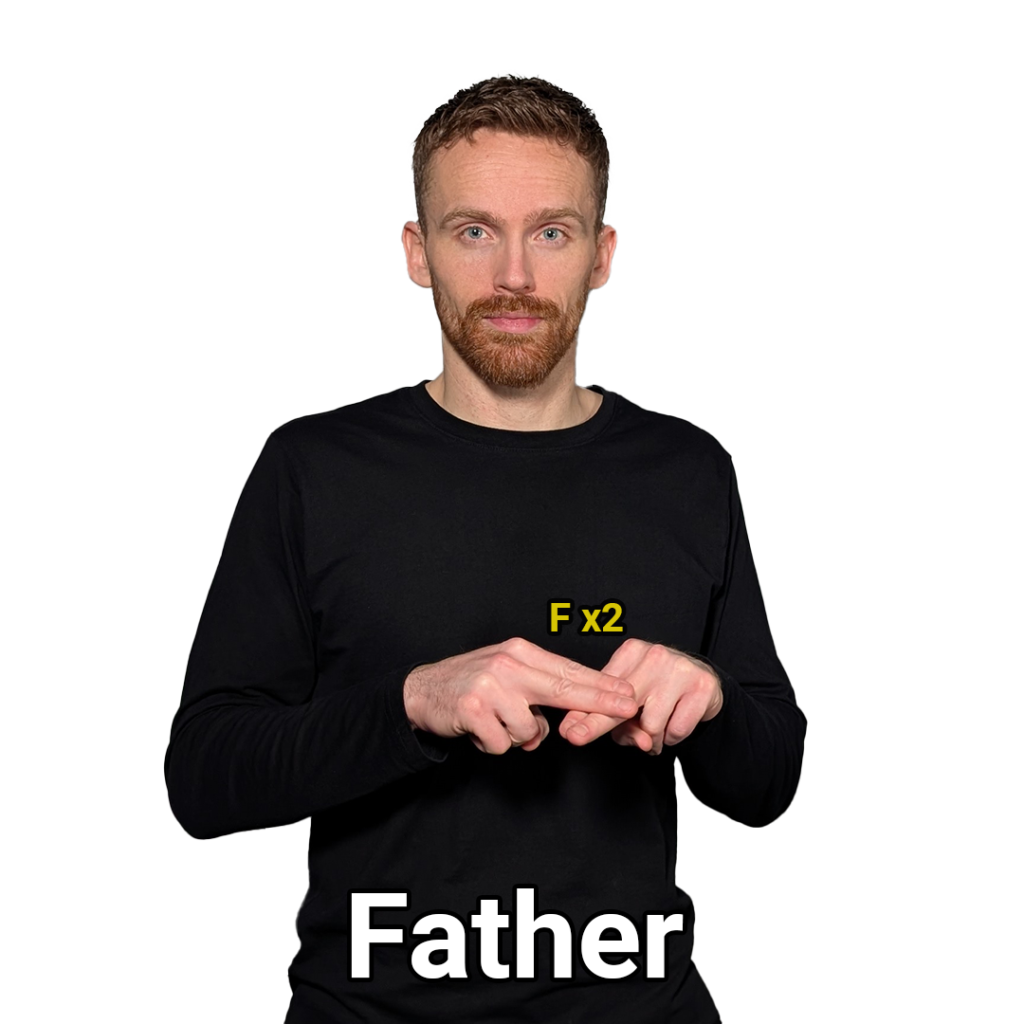
PARENTS has two common versions, either the letters M and F for mother and father or two fingers extended with sideways movements to represent two parents of any gender.
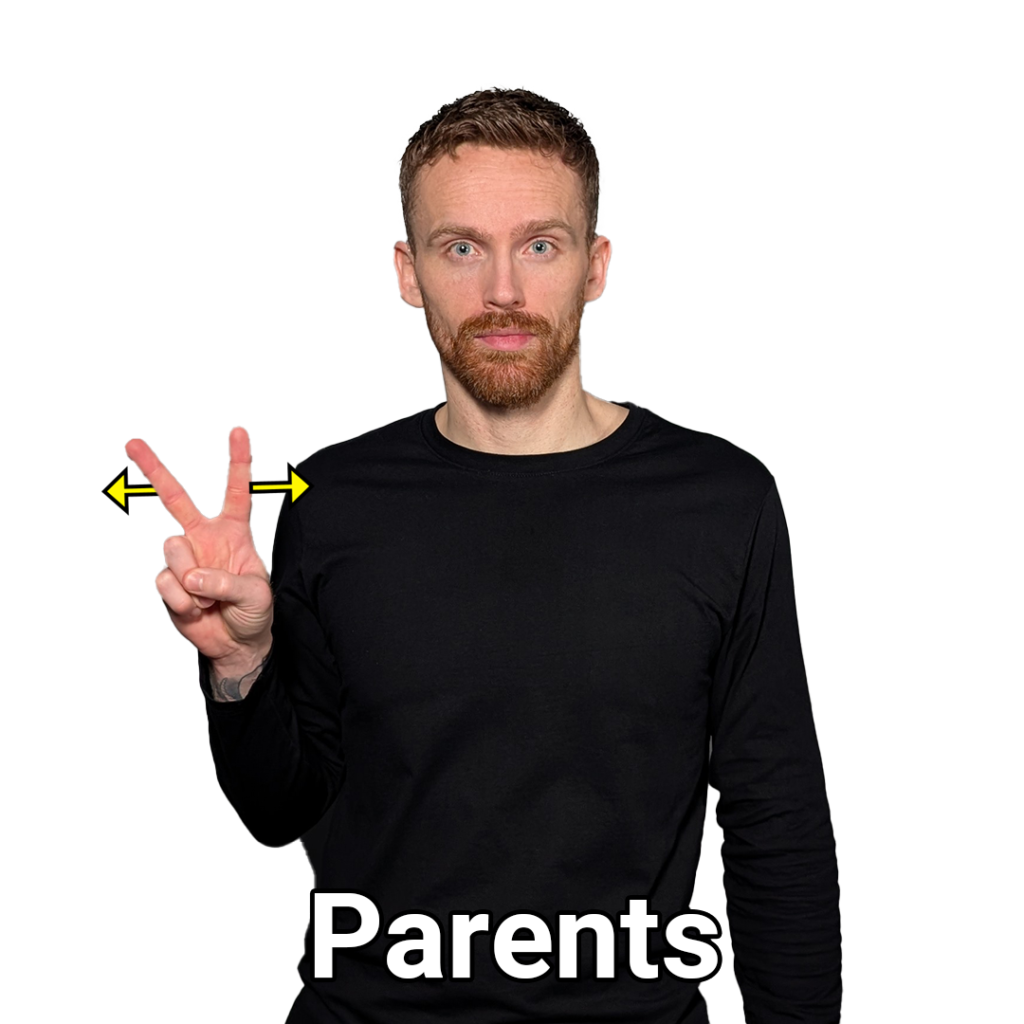
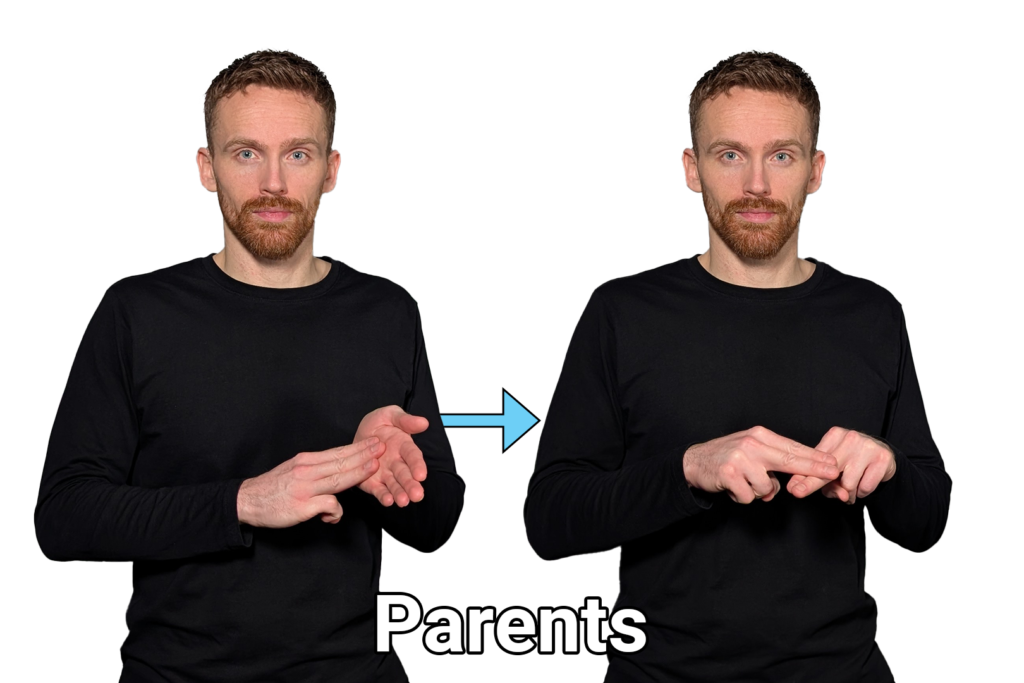
The sign for SON and BOY are the same with the lip pattern helping to distinguish the signs.
SIBLING doesn’t have a widely used direct translation; we’d recommend using the signs for BROTHER and SISTER in succession.
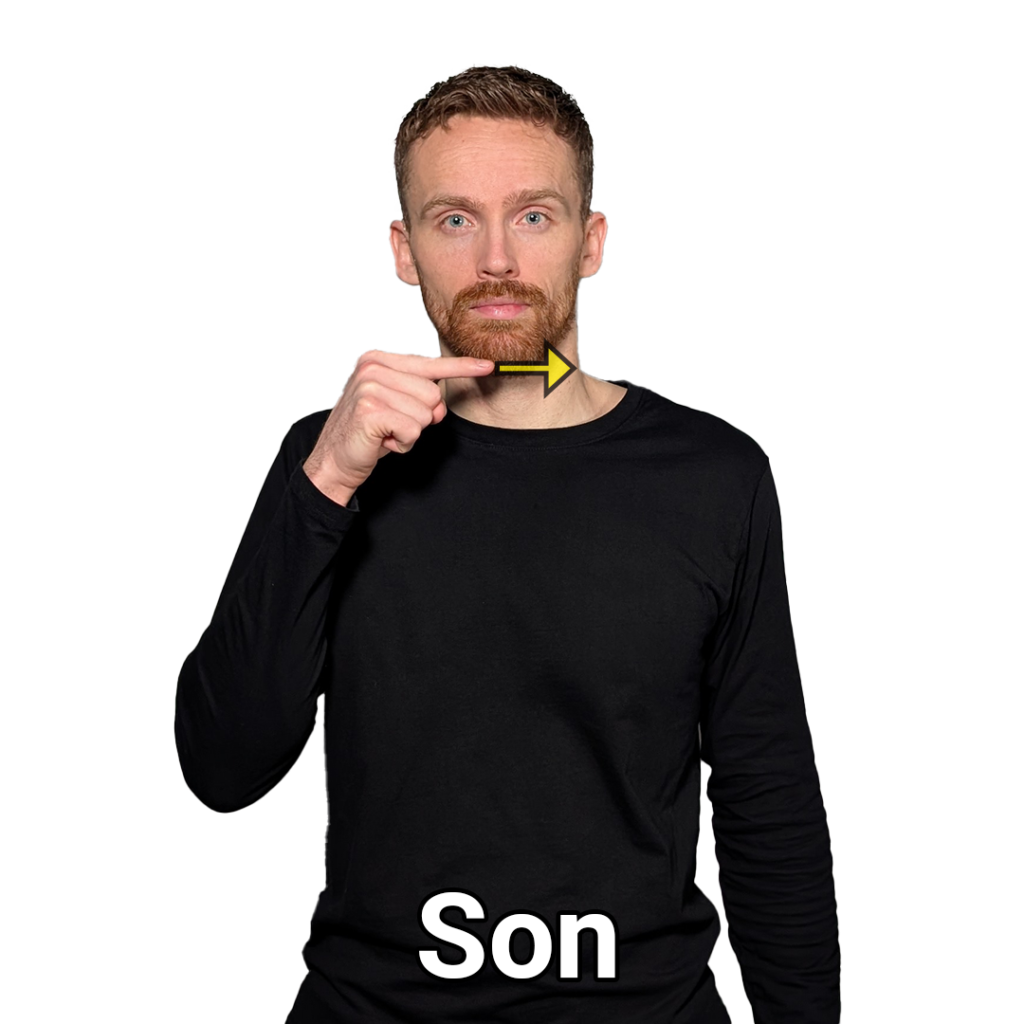
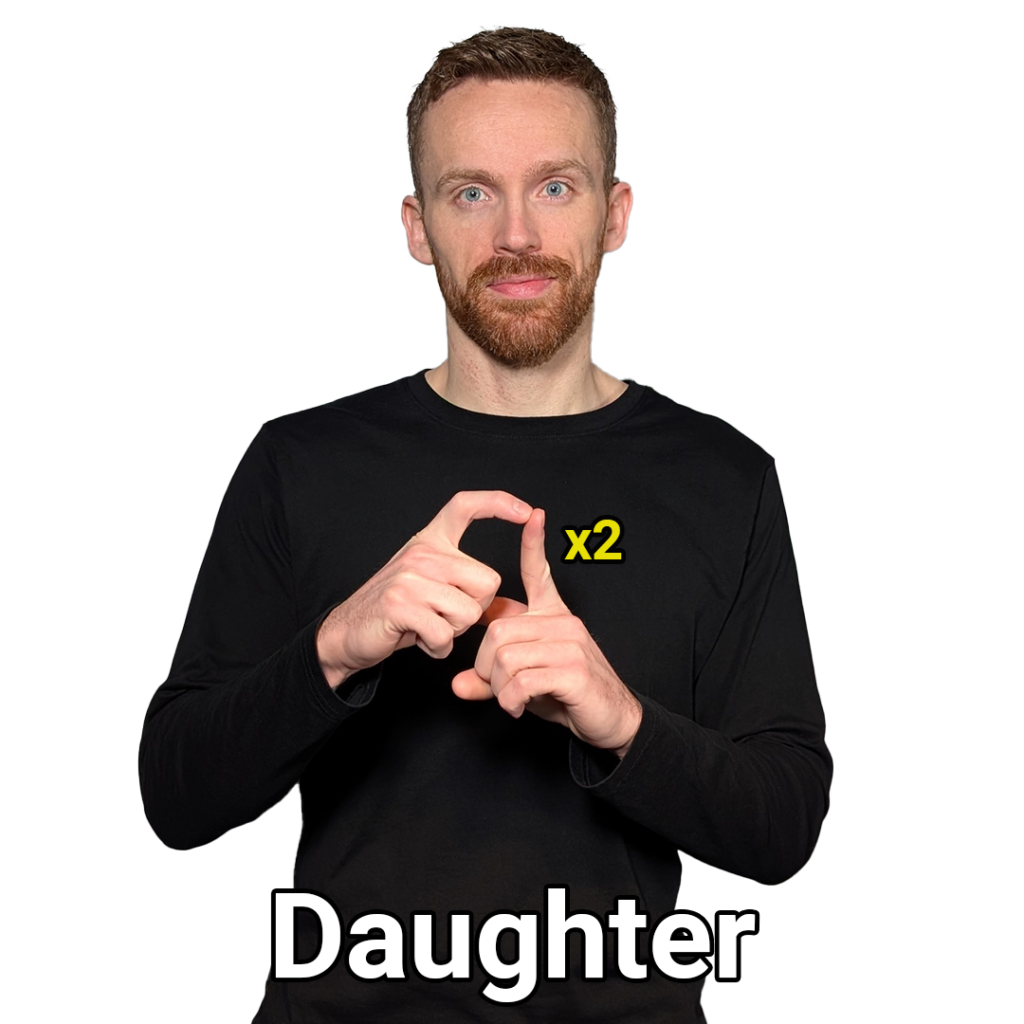
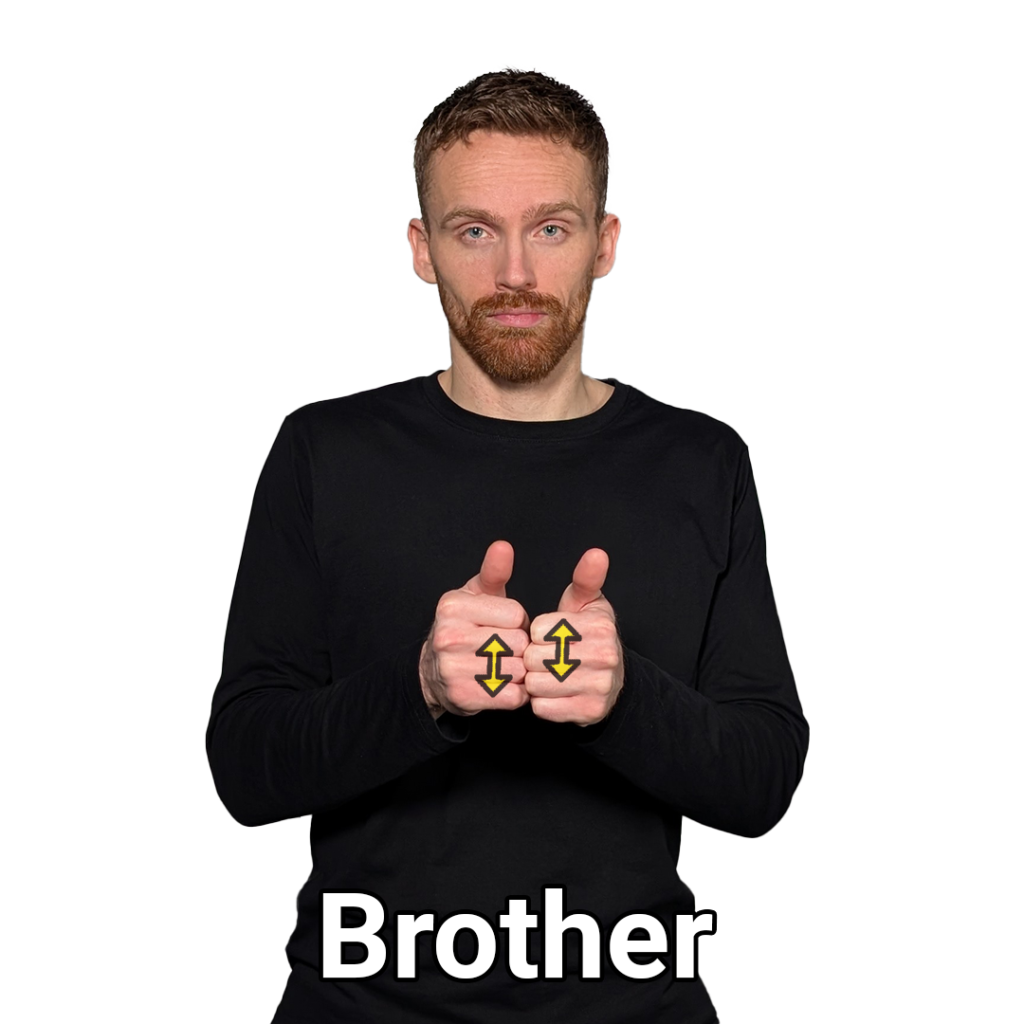
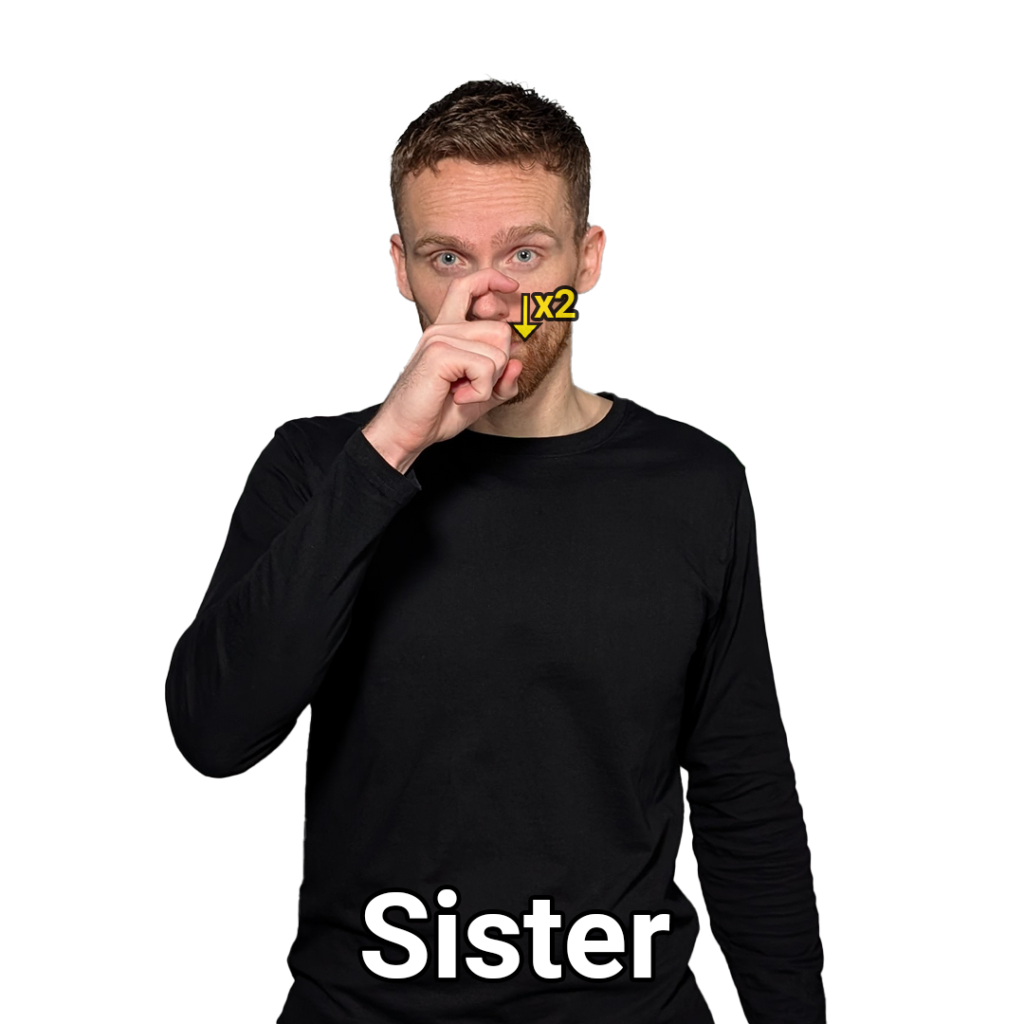
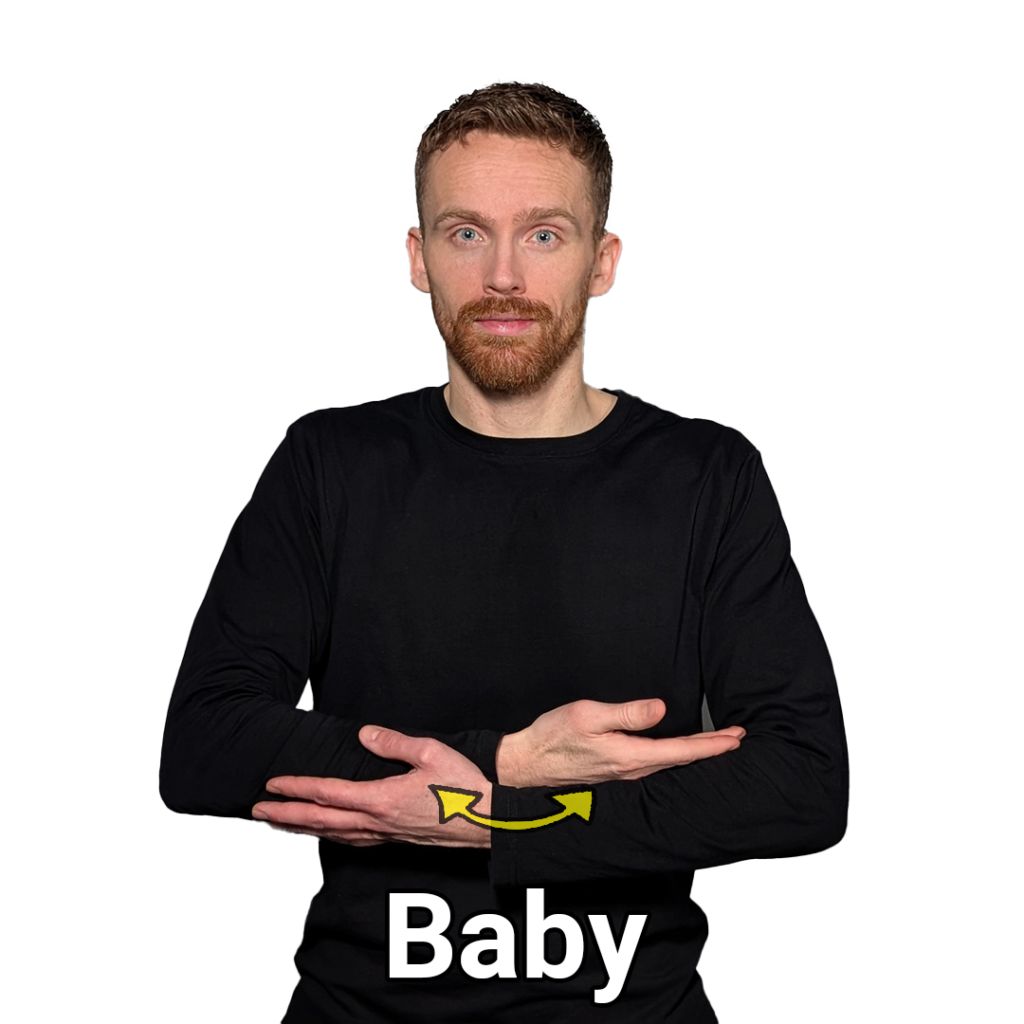
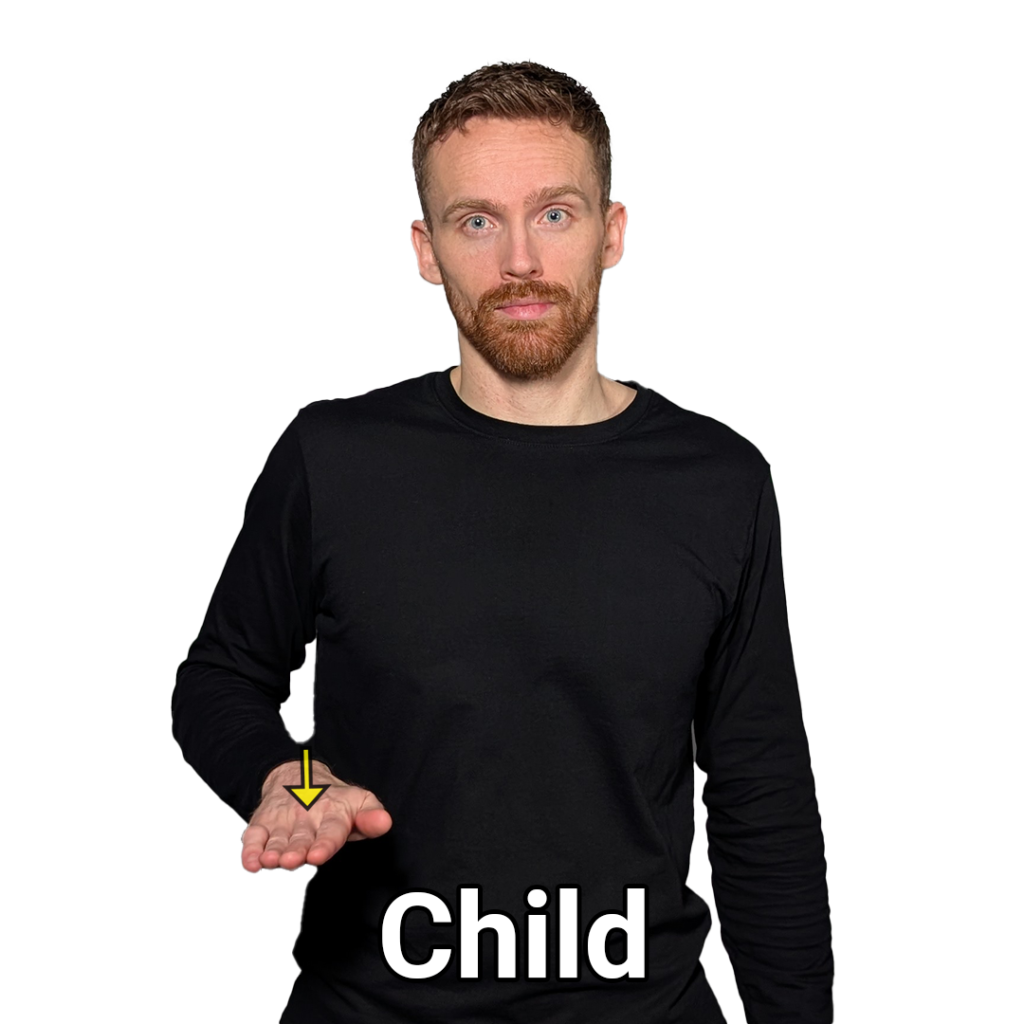
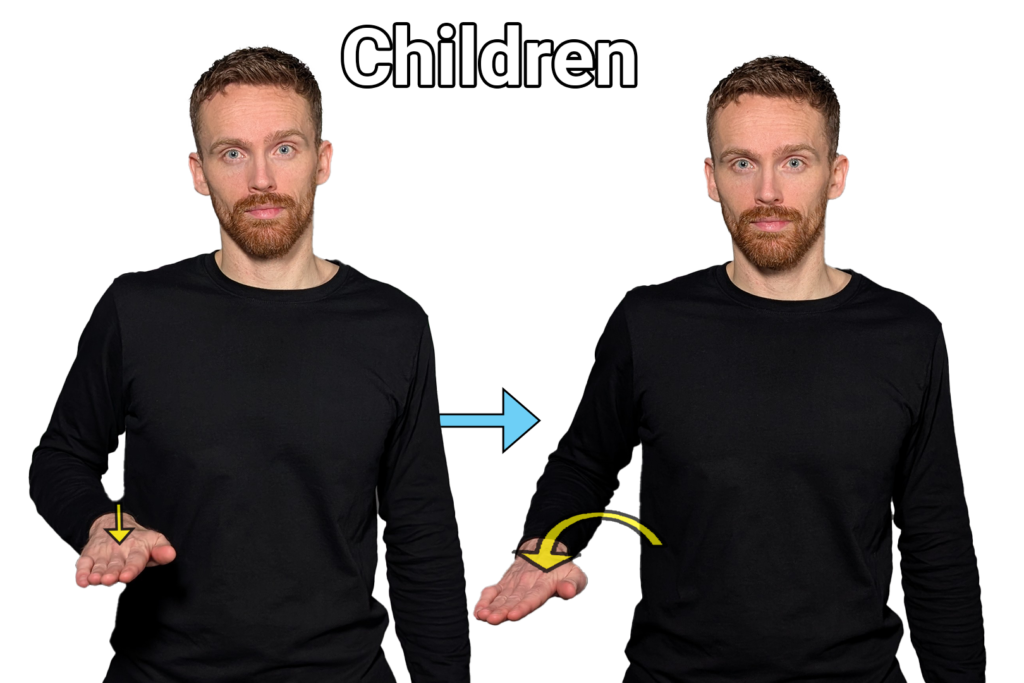
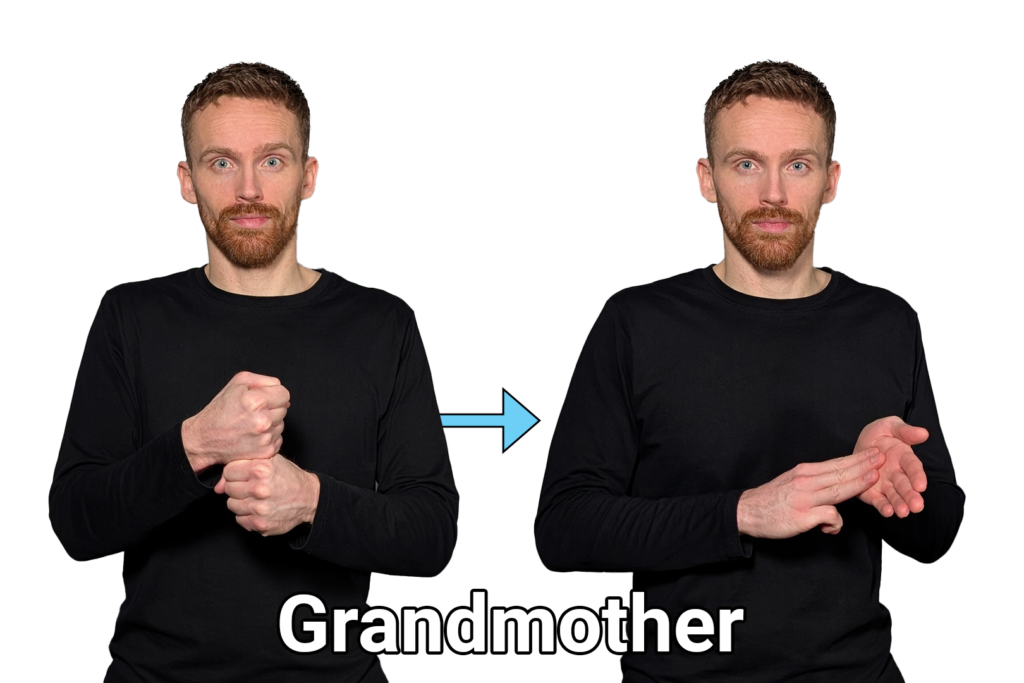
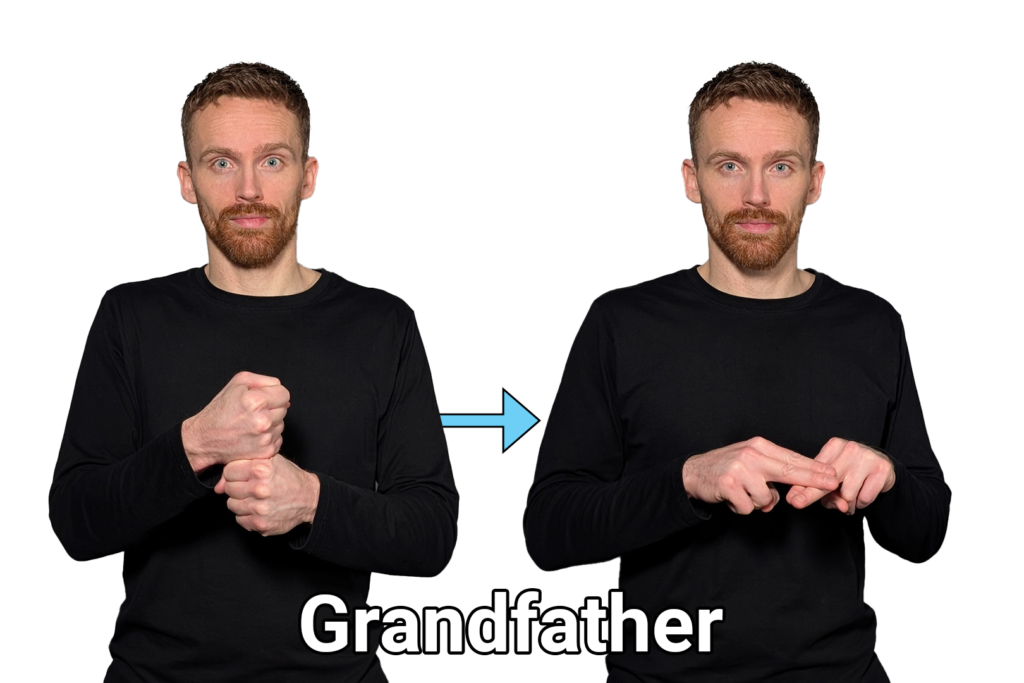
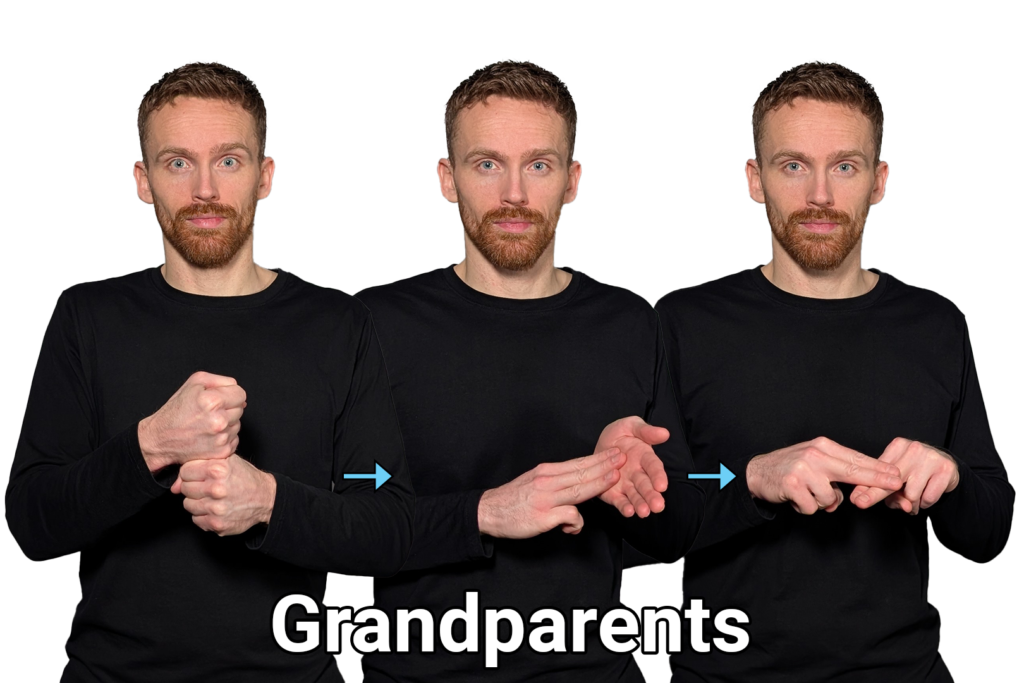
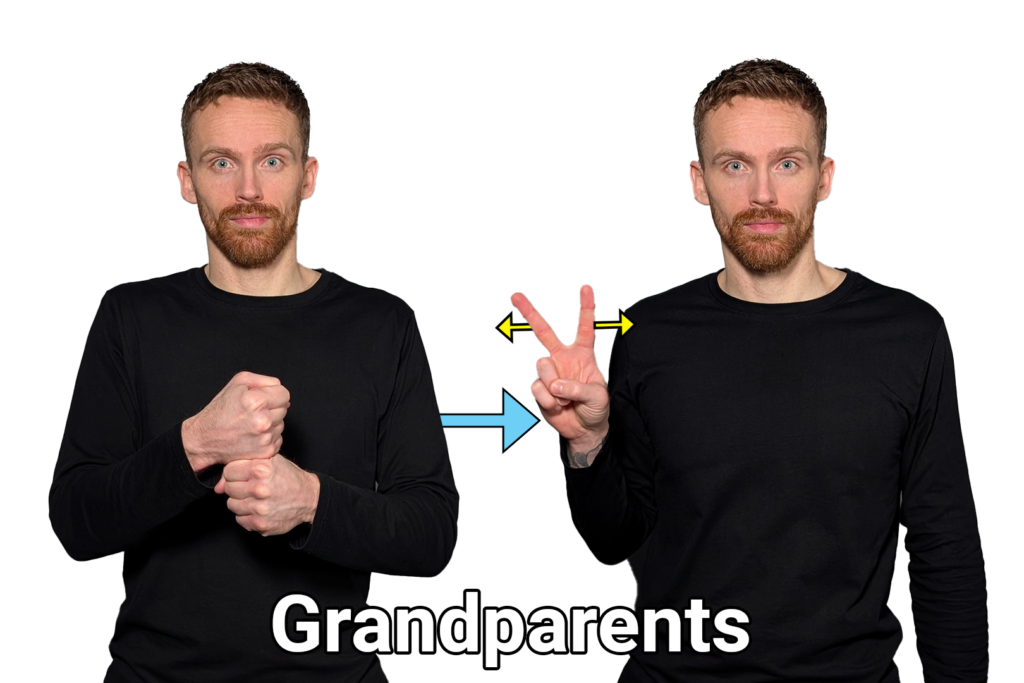
The sign for GREAT (in the context of family relationships) is the letter G. For example, GREAT GRANDMOTHER would be signed using the letters G, G and M.
The signs for UNCLE, AUNT, NIECE and NEPHEW are similar; your lip pattern is particularly important with these signs. Some signers will tap the letter U twice for UNCLE and the letter A twice for AUNT.
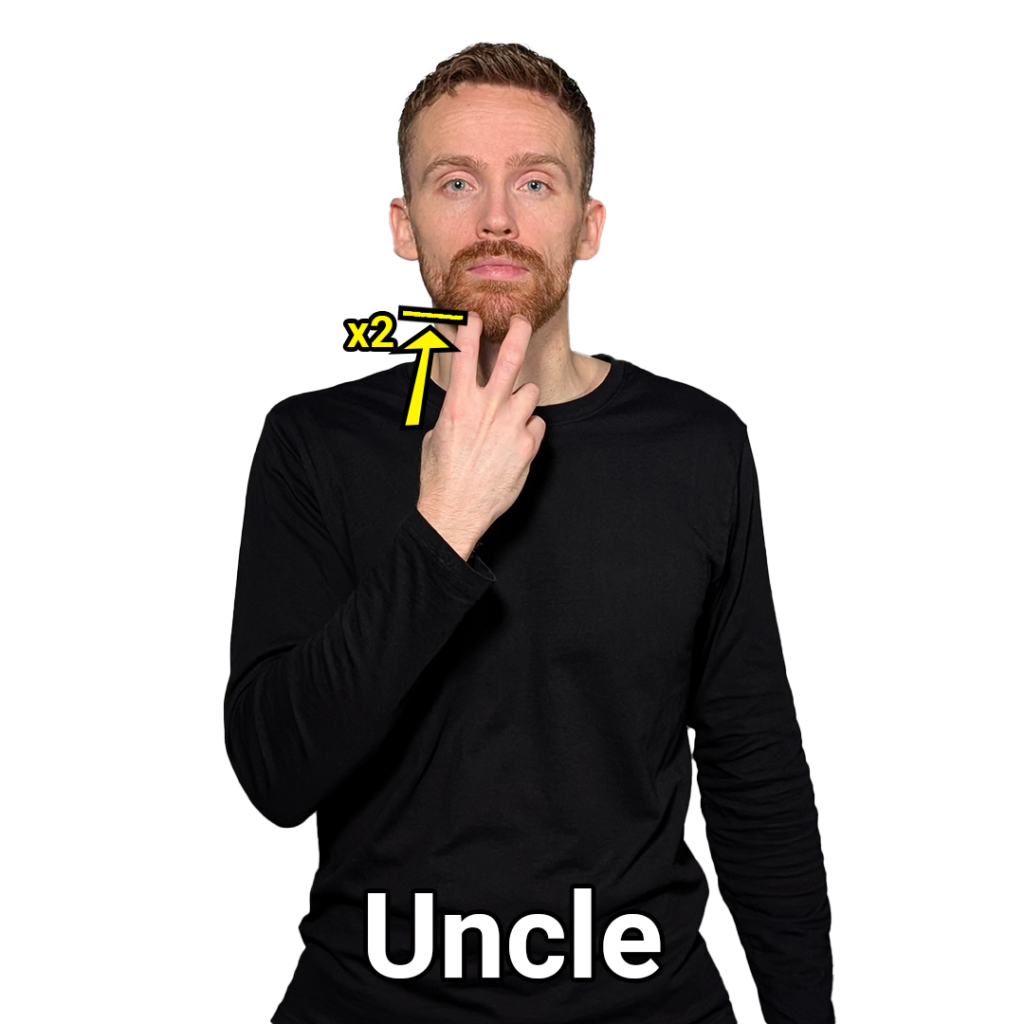
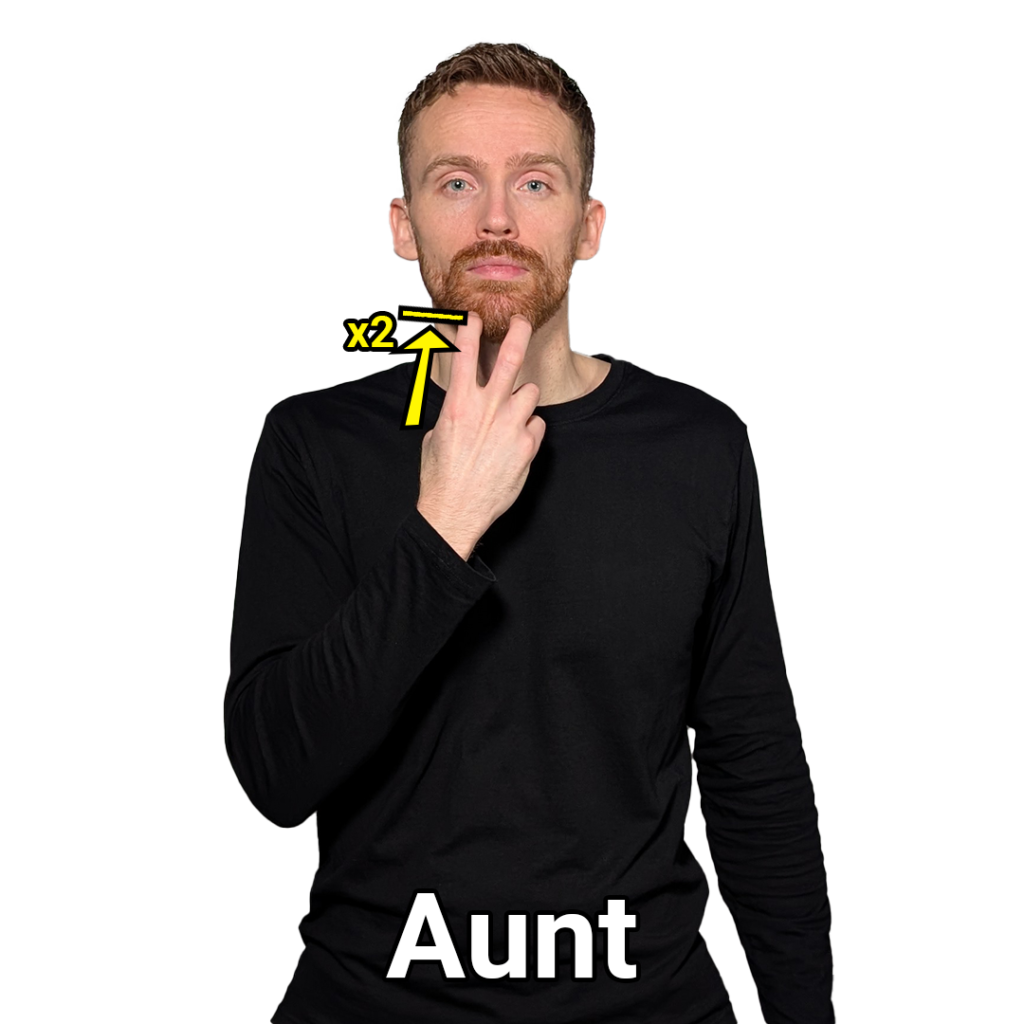
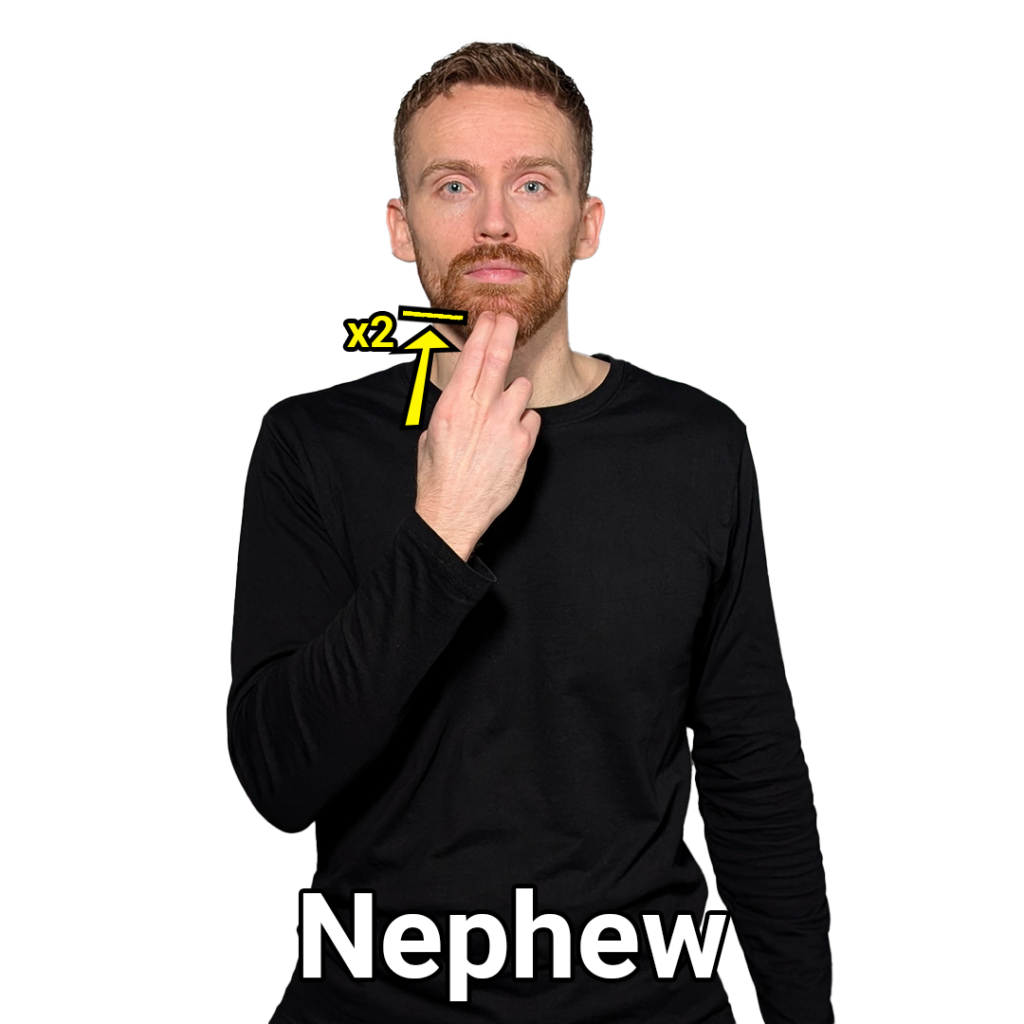
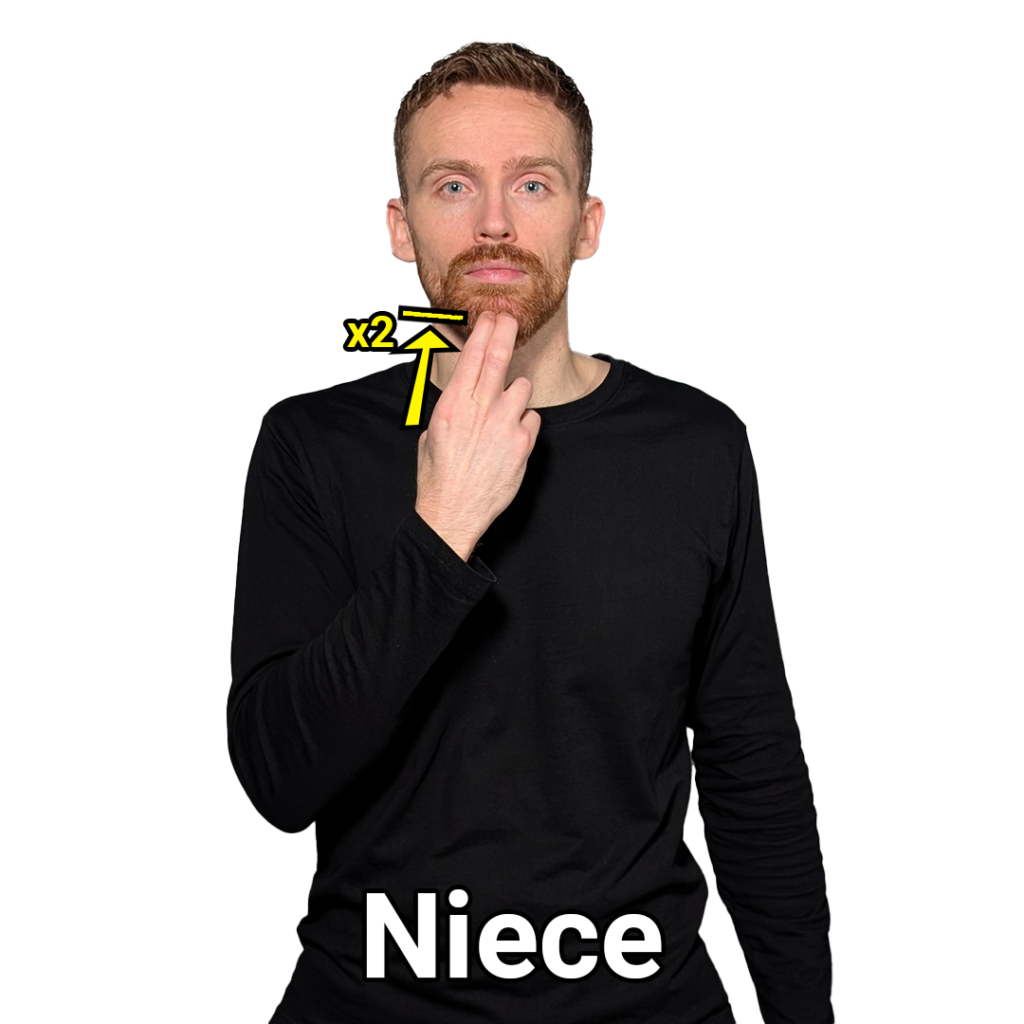
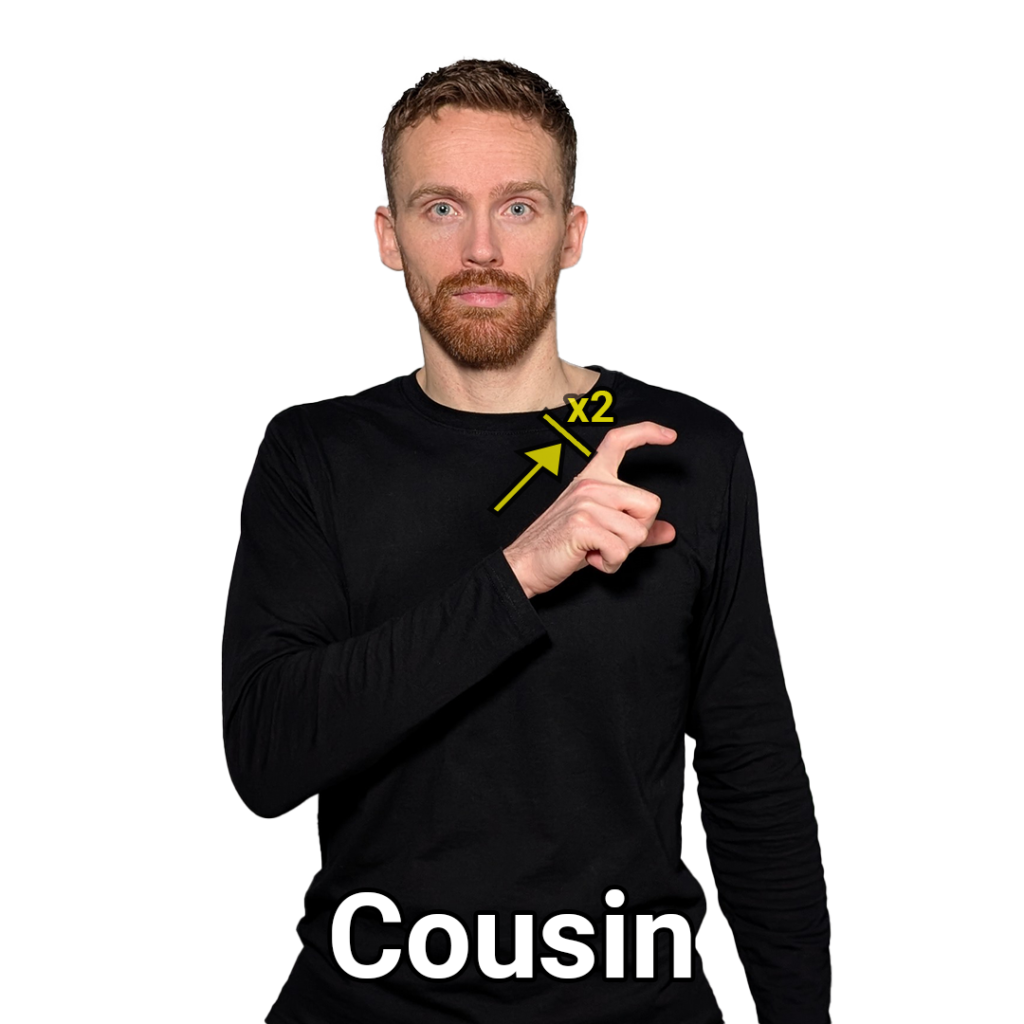
For family relationships gained through marriage or a shared parent, you may wish to use one of the following signs in addition to another term.
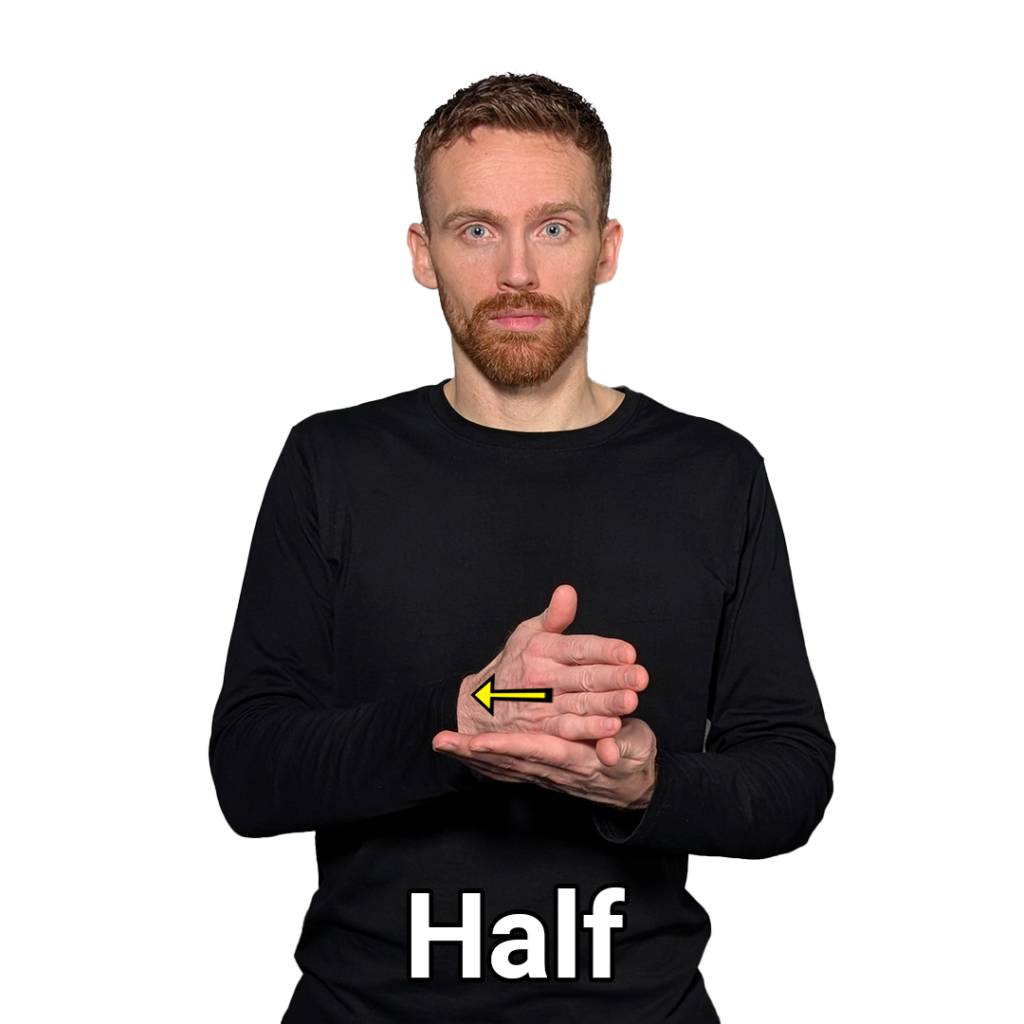
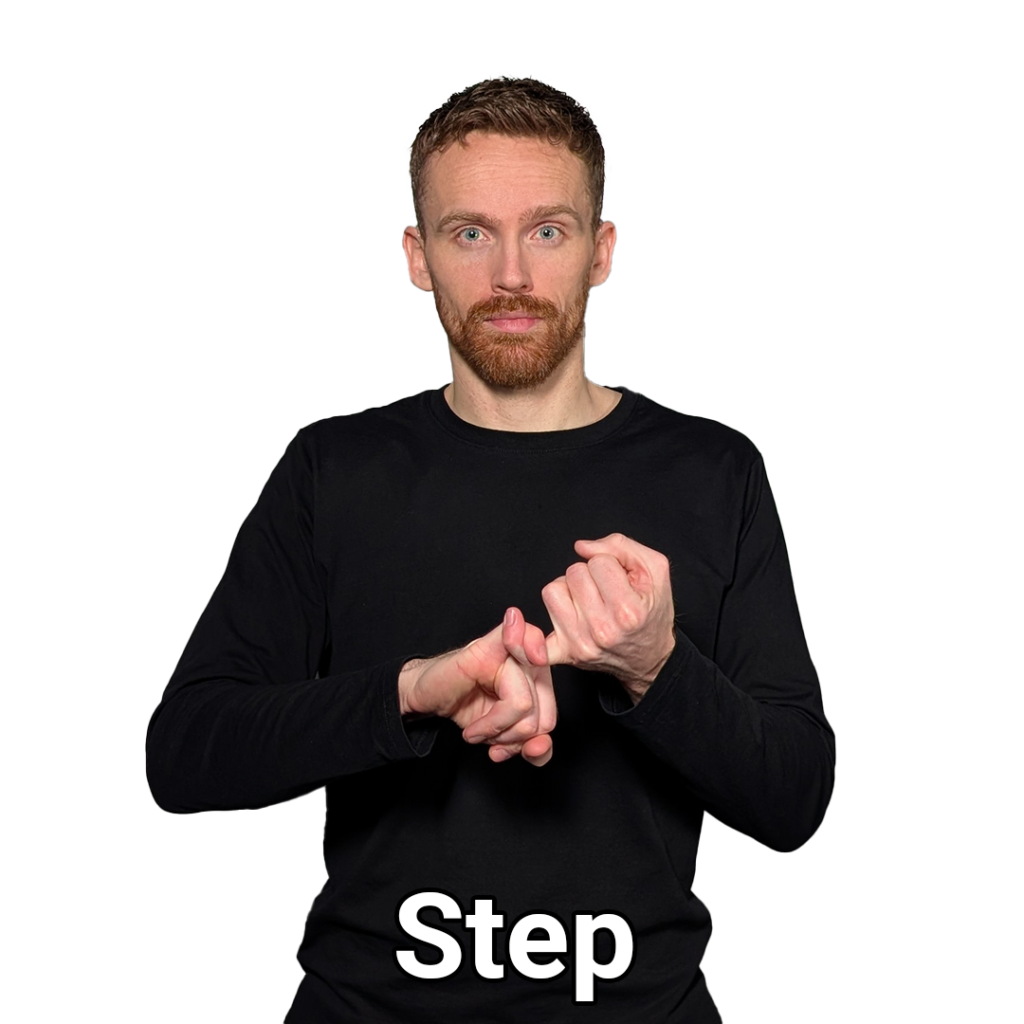
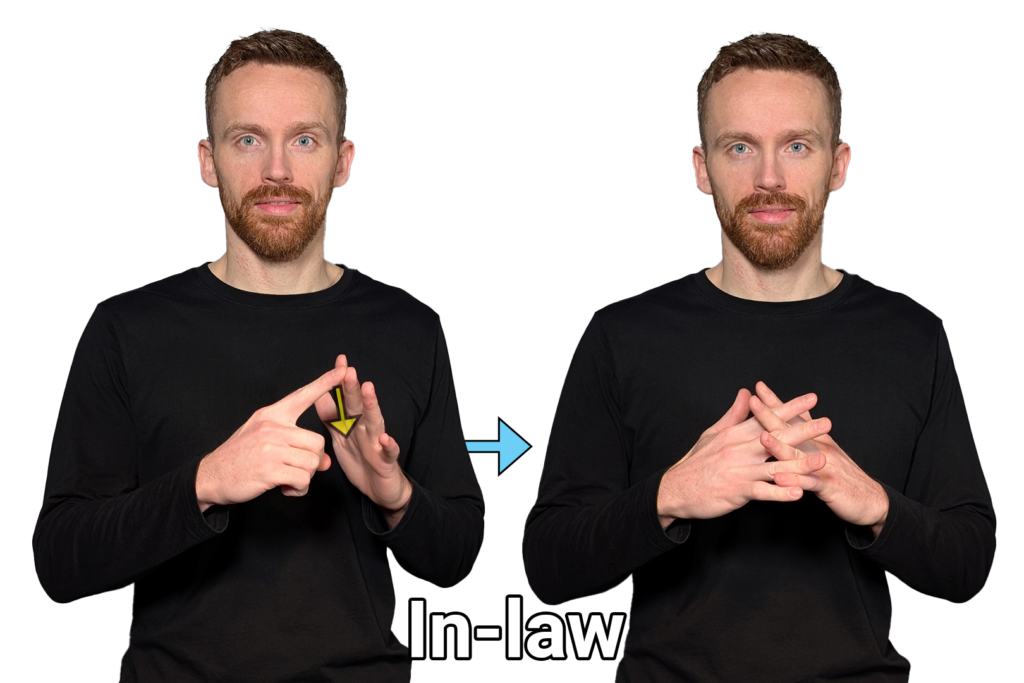
The signs for HUSBAND, WIFE and SPOUSE are the same; representative of putting a ring on your ring finger. The signs for ENGAGED, FIANCÉ and FIANCÉE are also the same; a tap of your ring finger.
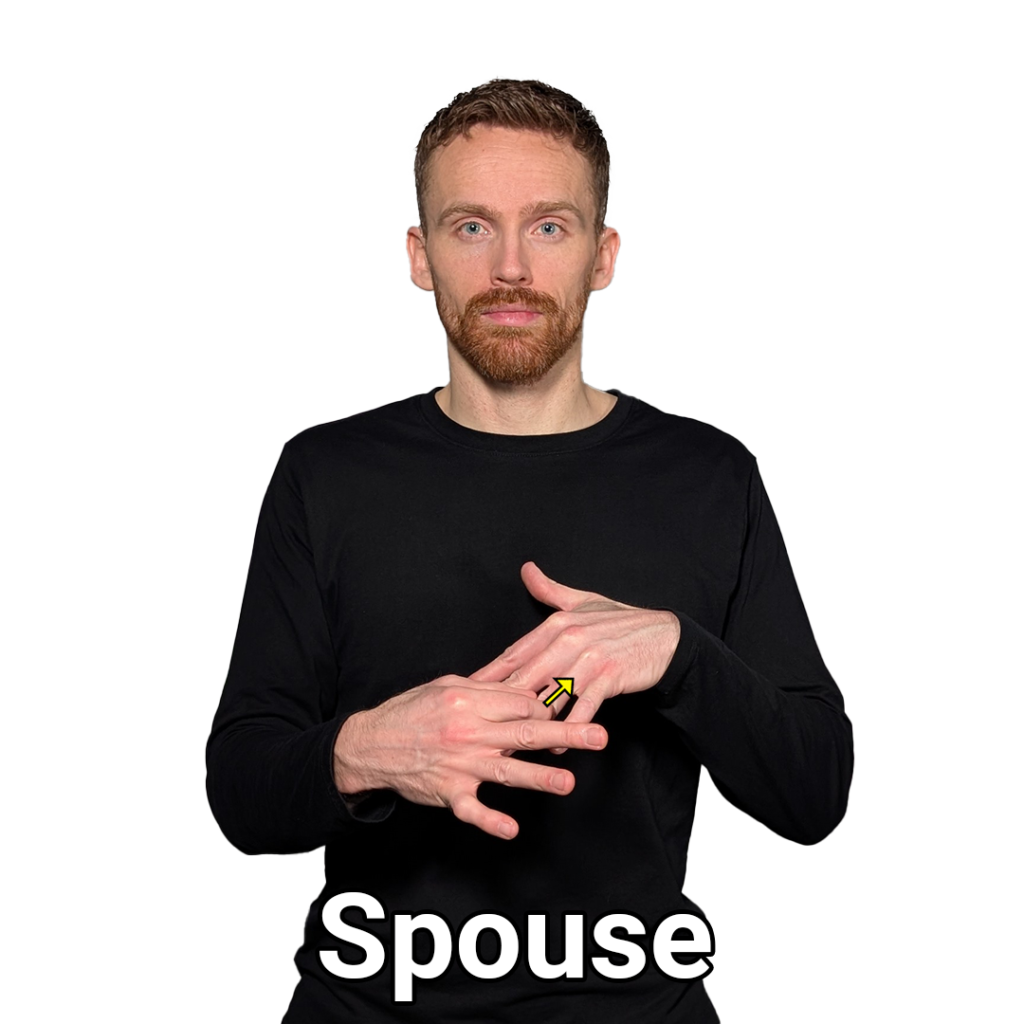
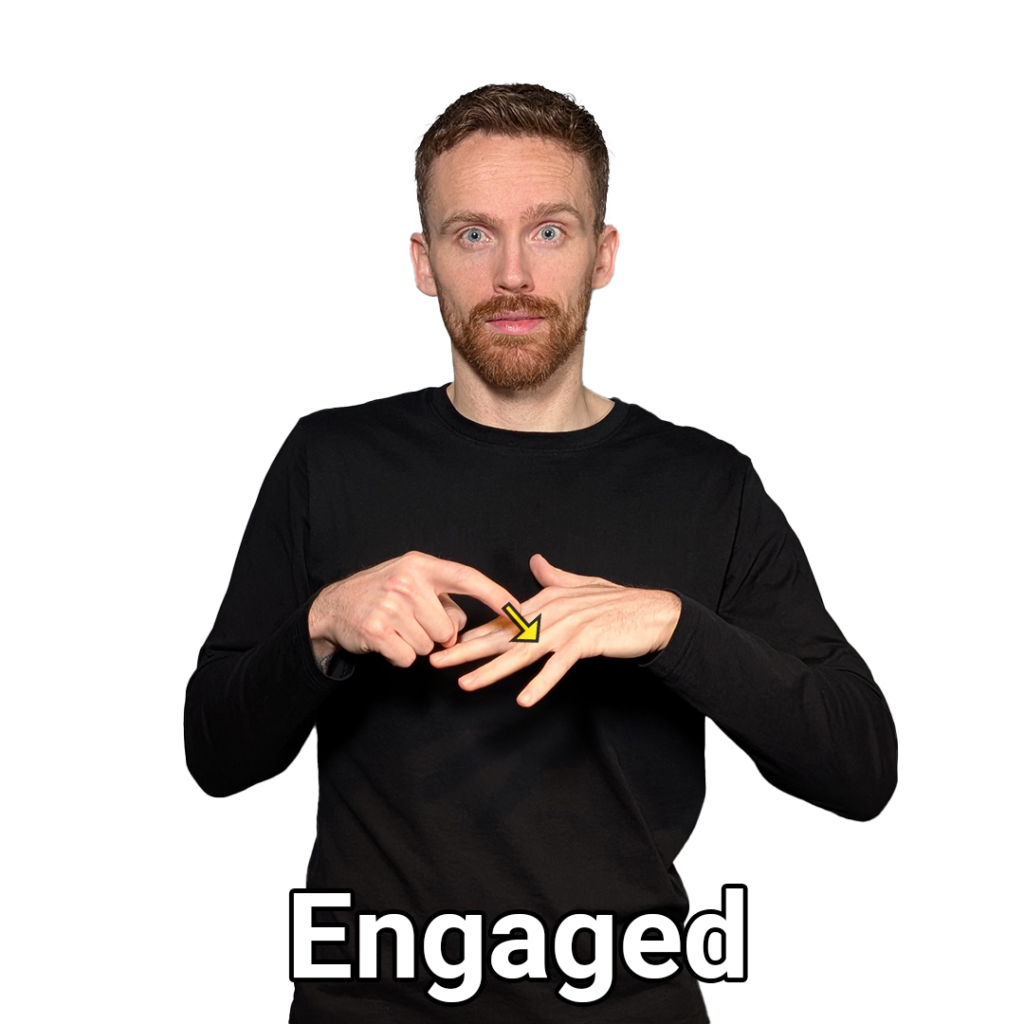
The sign for MARRIED can also be used for MARRIAGE and WEDDING.
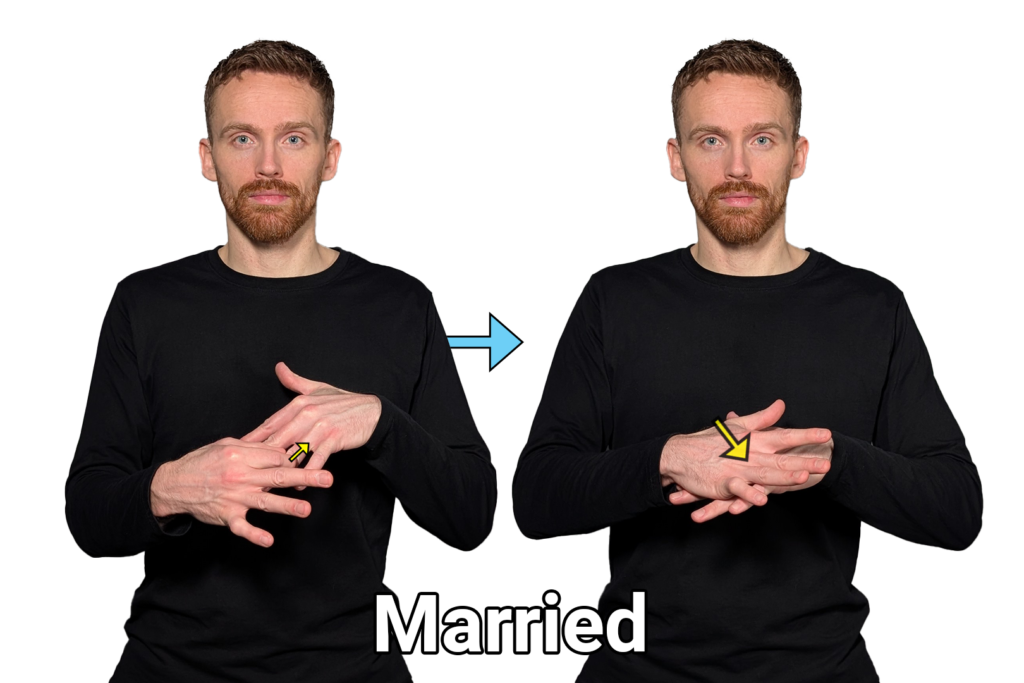
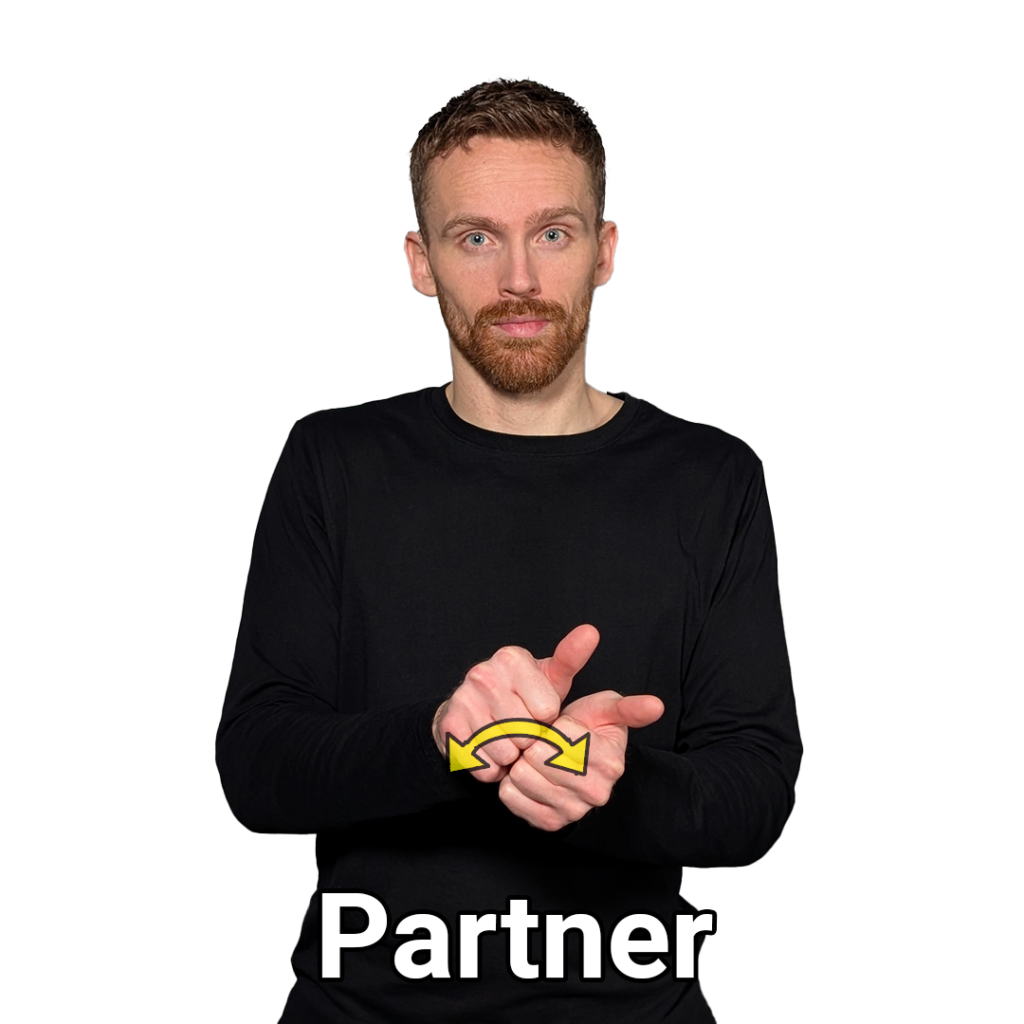
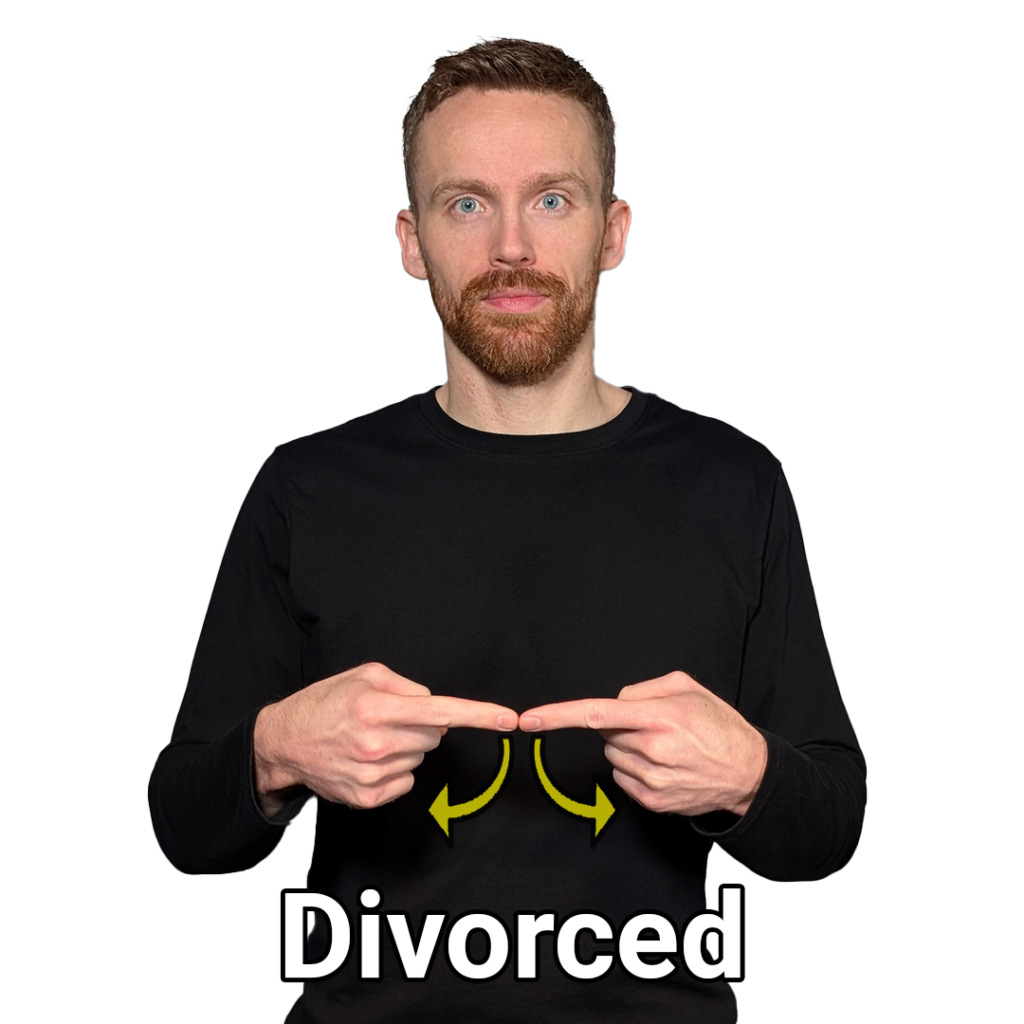
Repeat for the movement for BOY twice for BOYFRIEND and GIRL twice for GIRLFRIEND. The sign for GIRL can vary with some signers using one stroke of the chin and others two strokes of the chin, so to avoid confusion remember to mouth the English word when signing these terms.
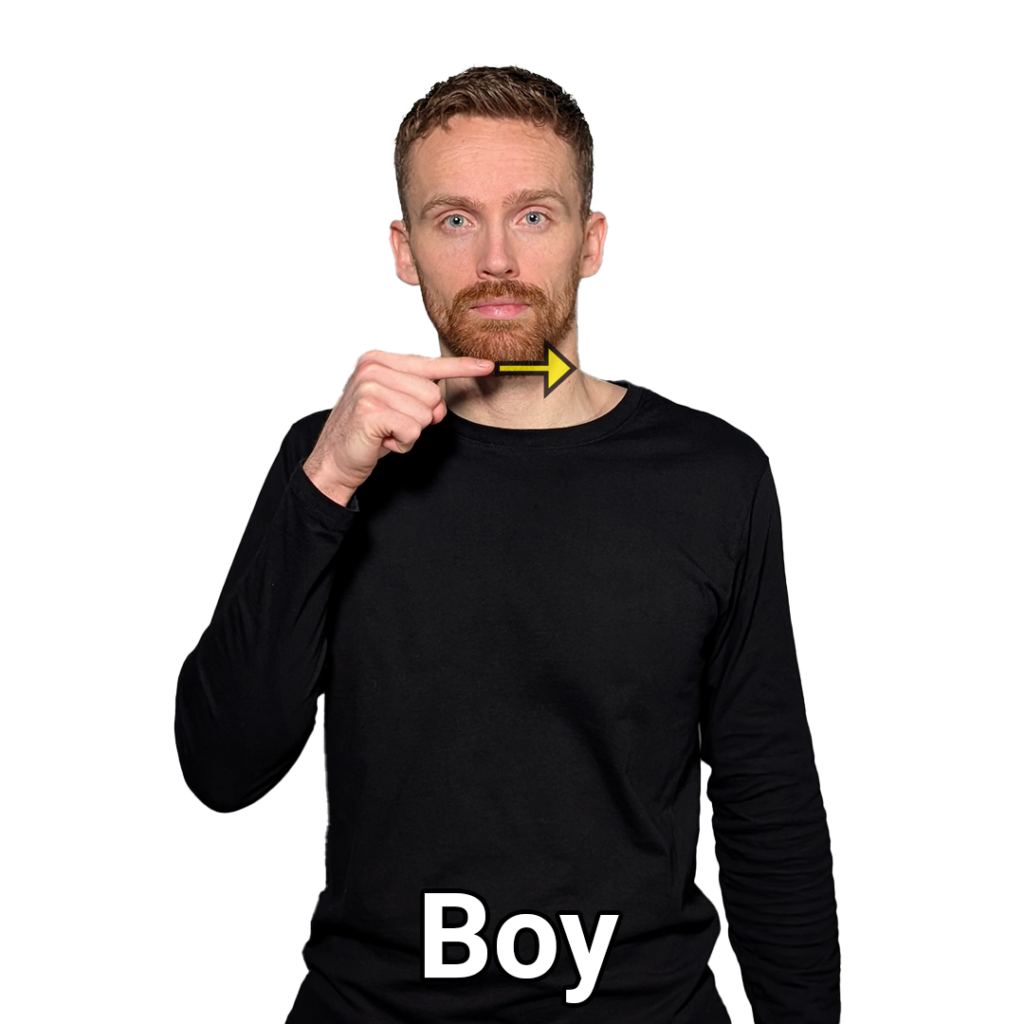
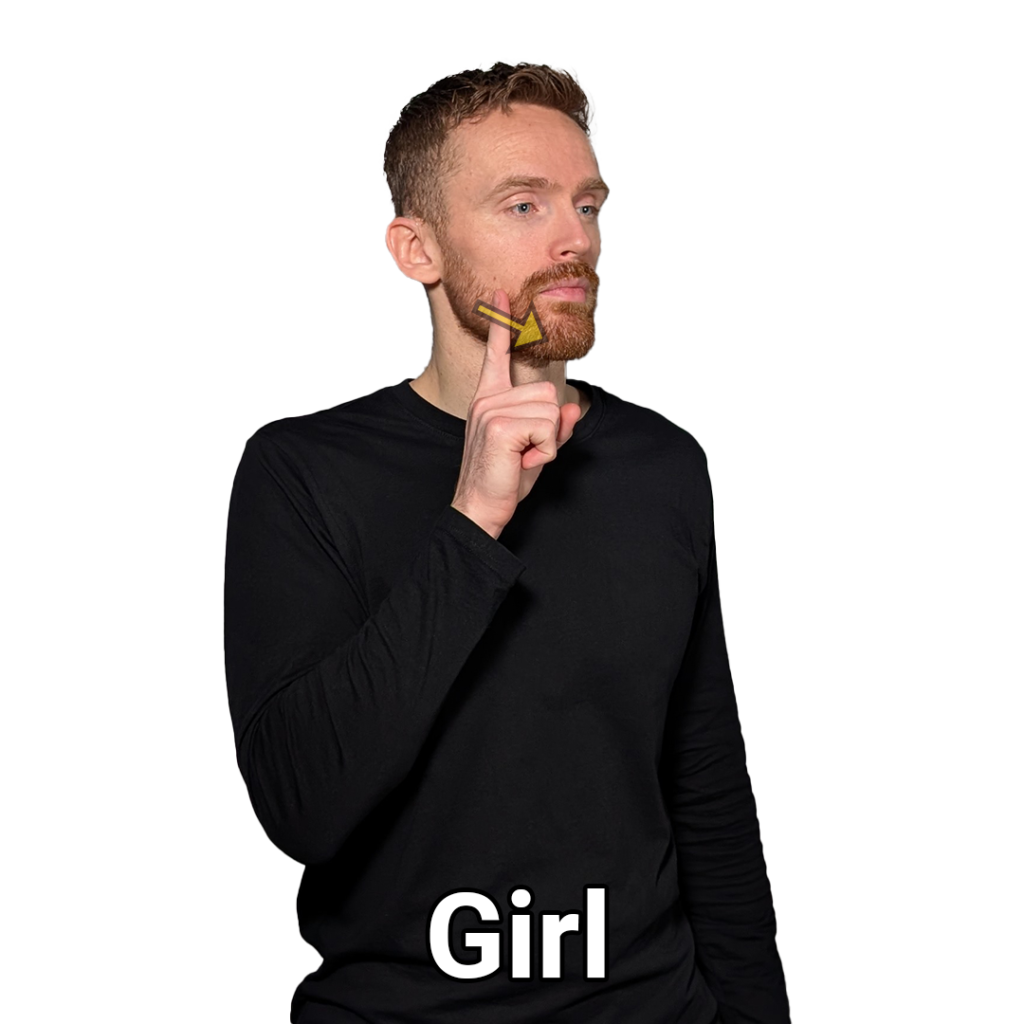
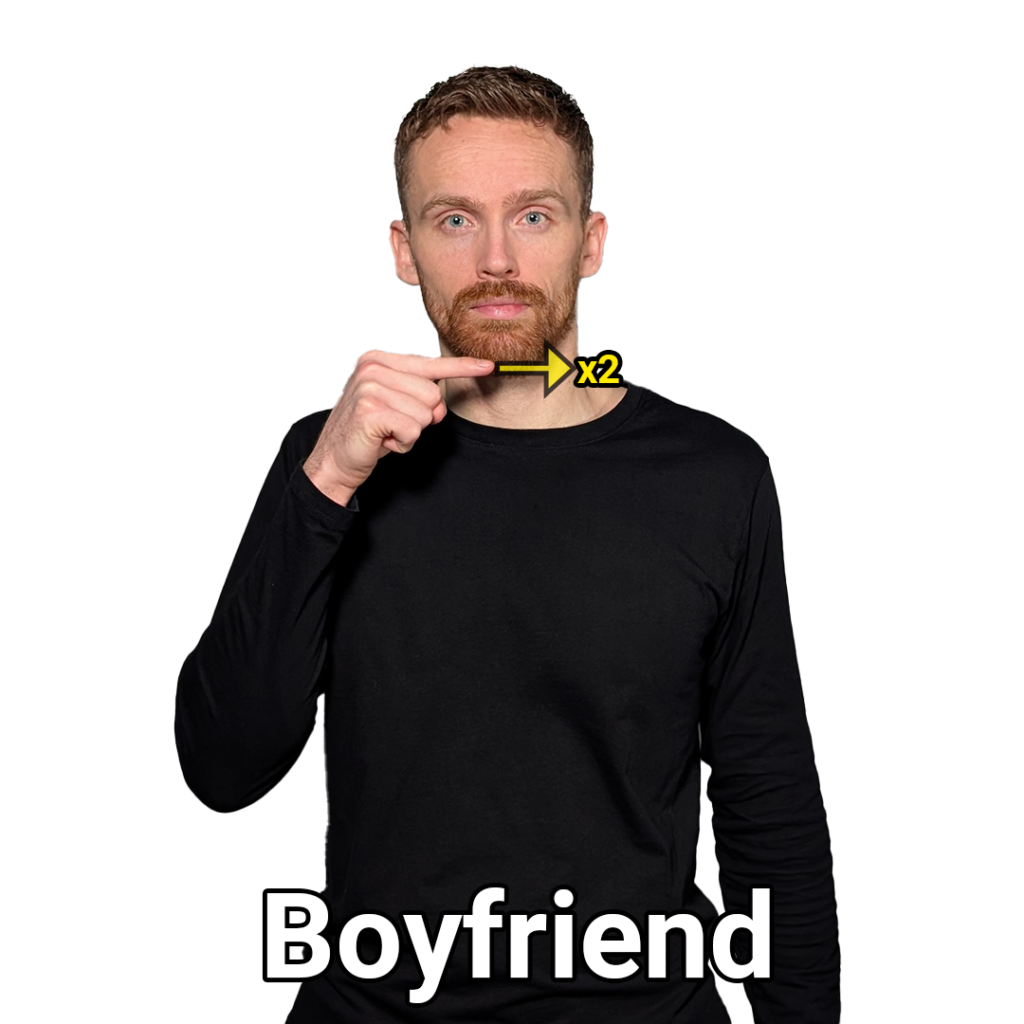
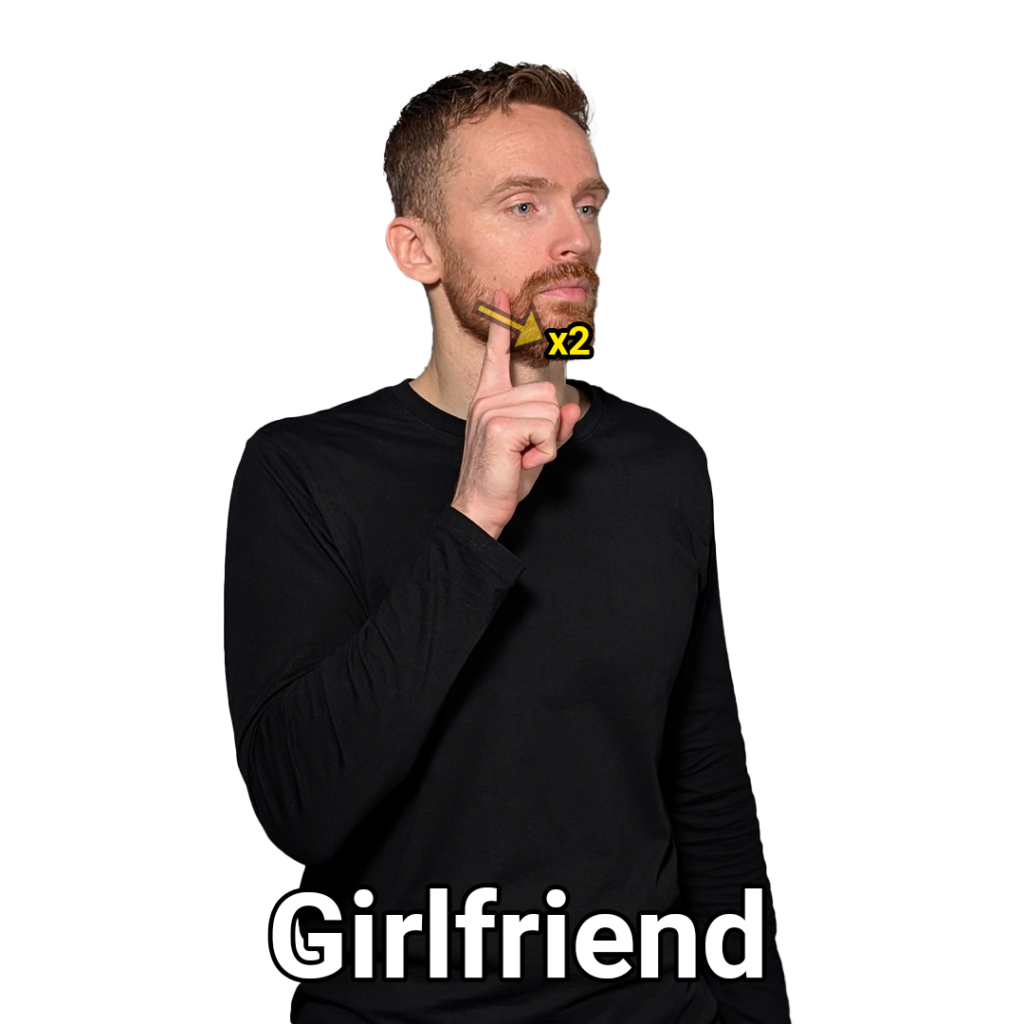
There are two common signs for FRIEND. See below.
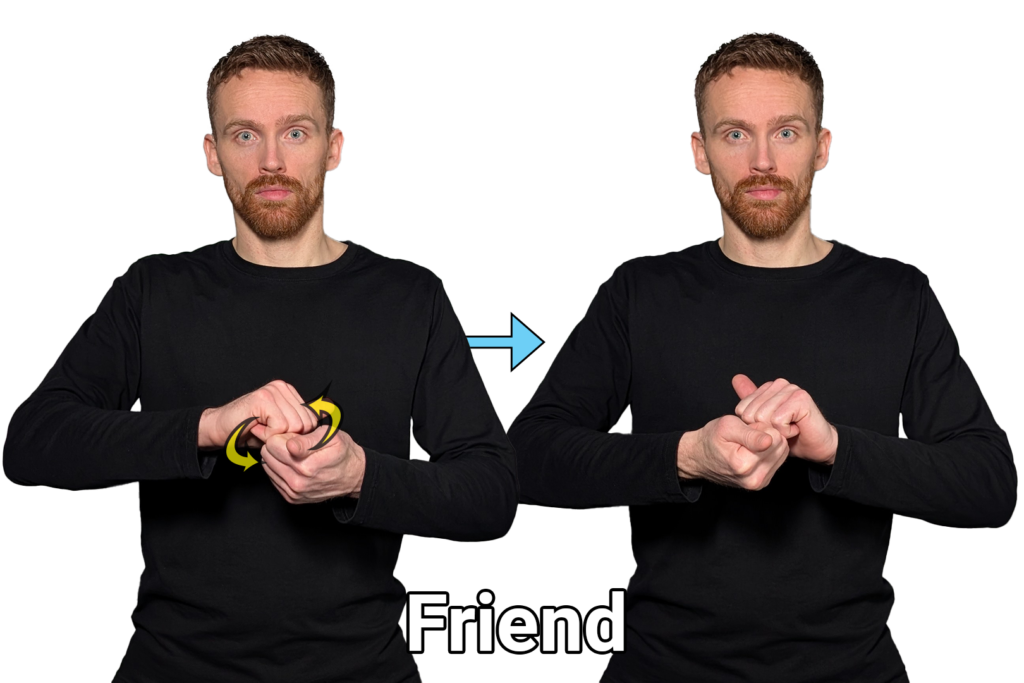
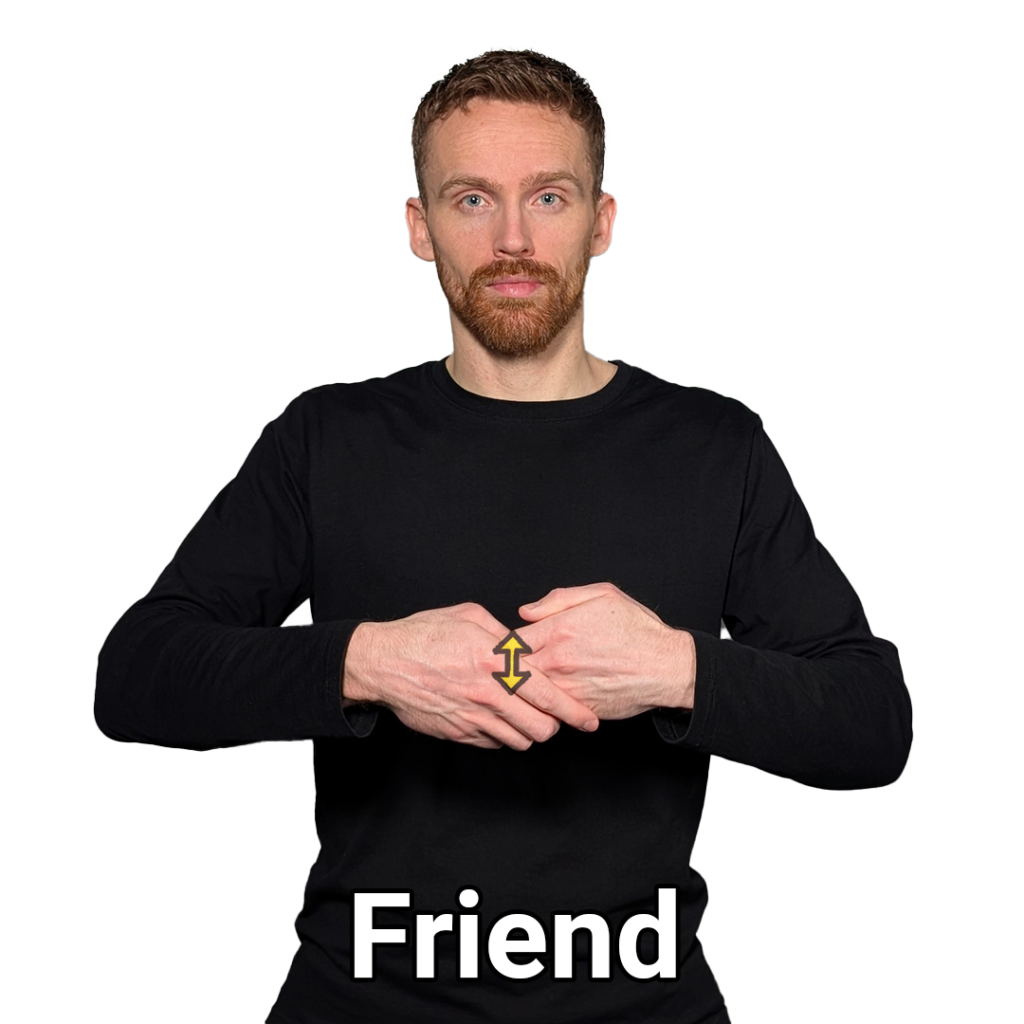
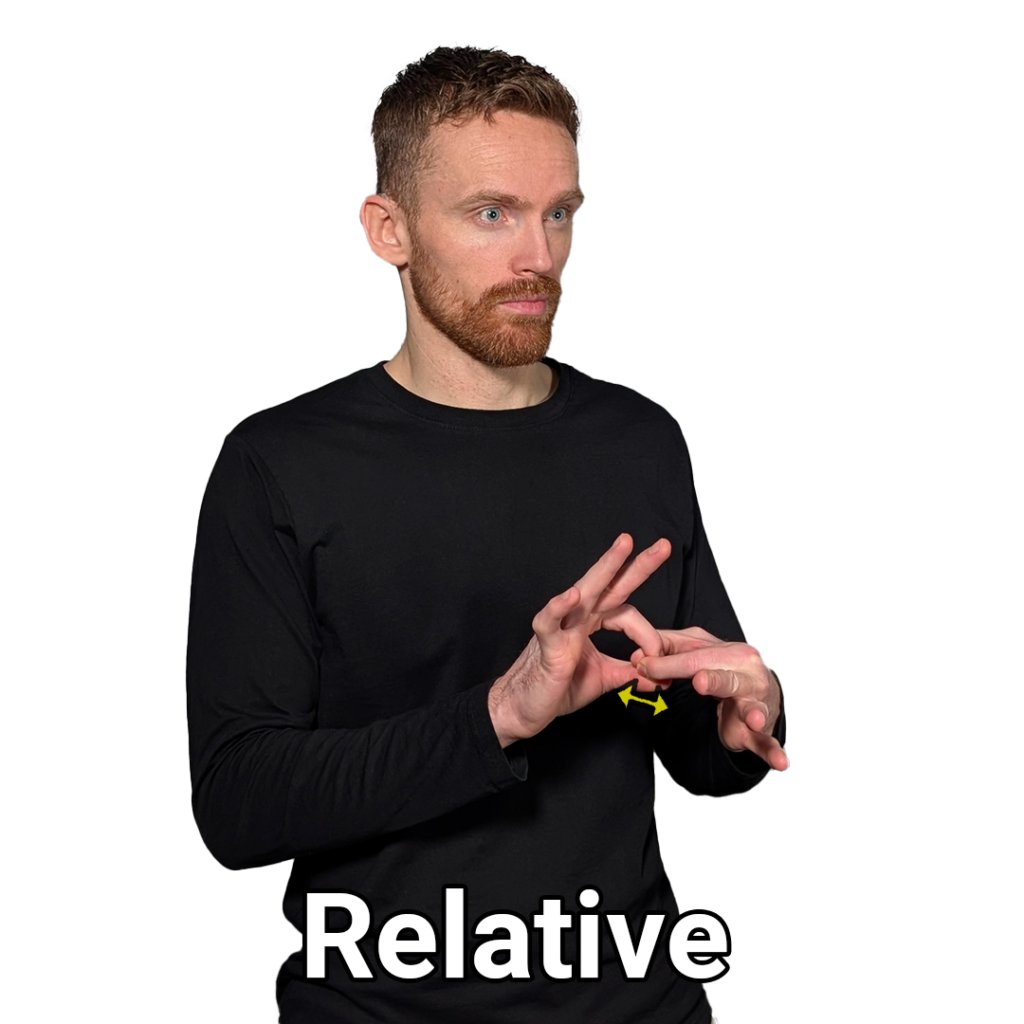
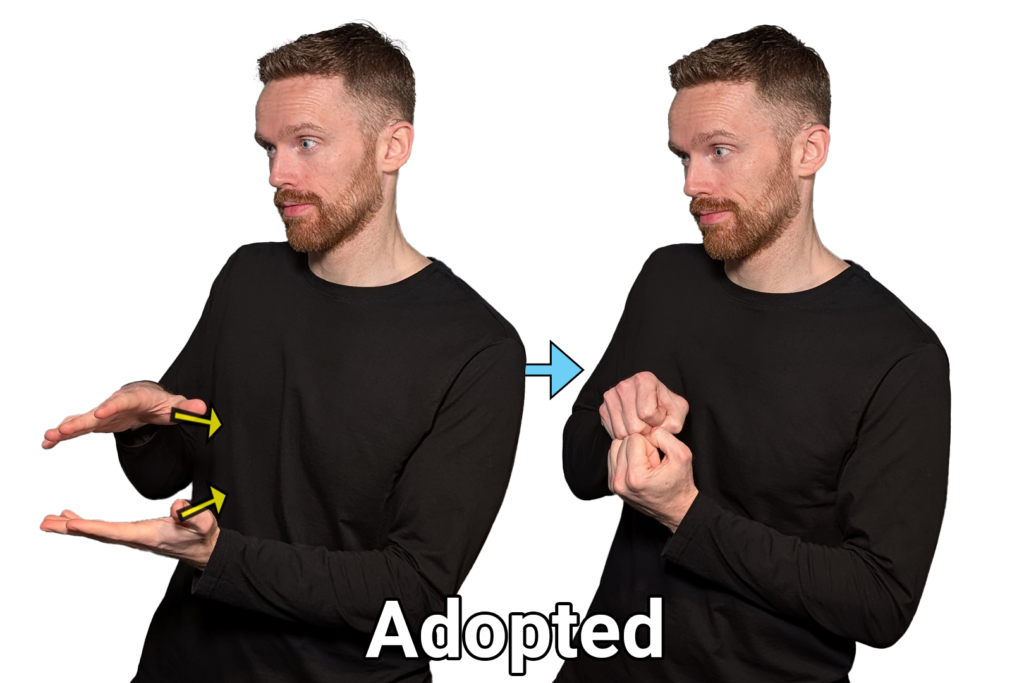
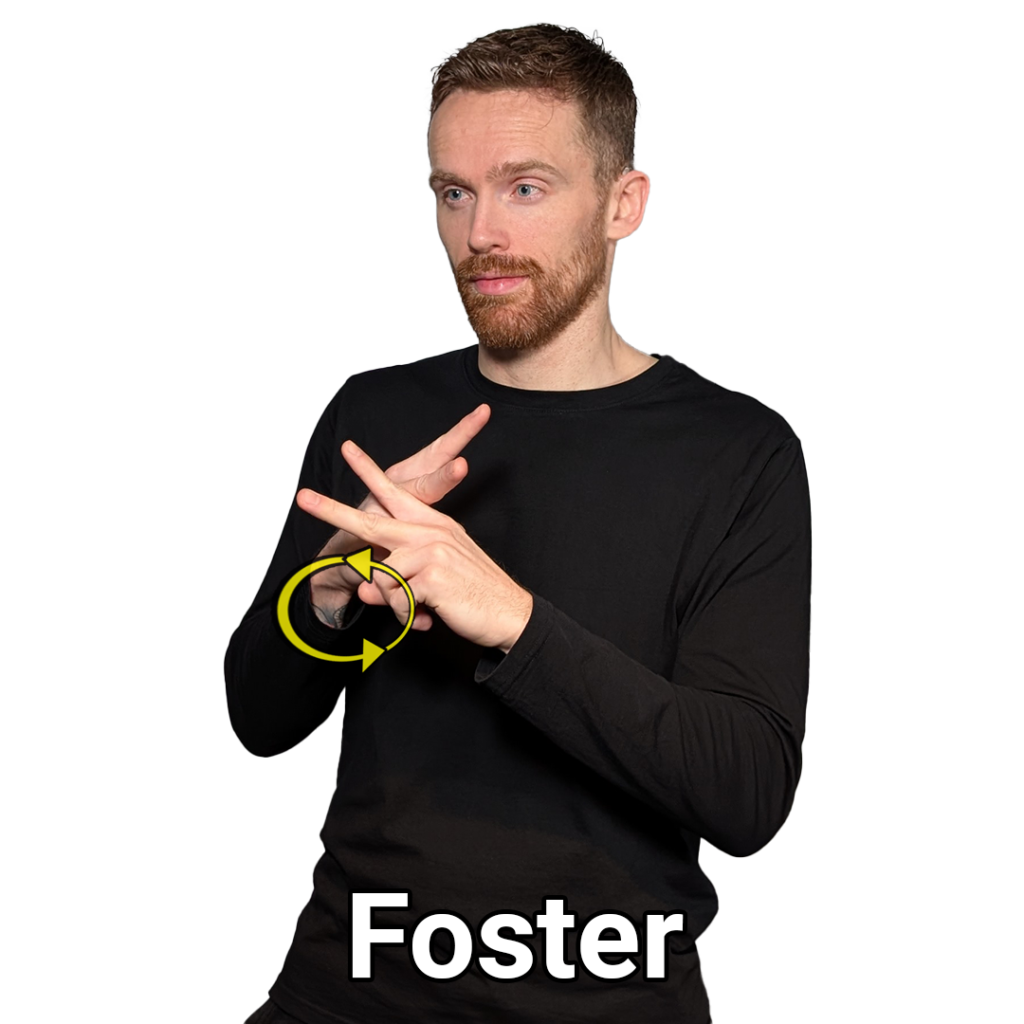
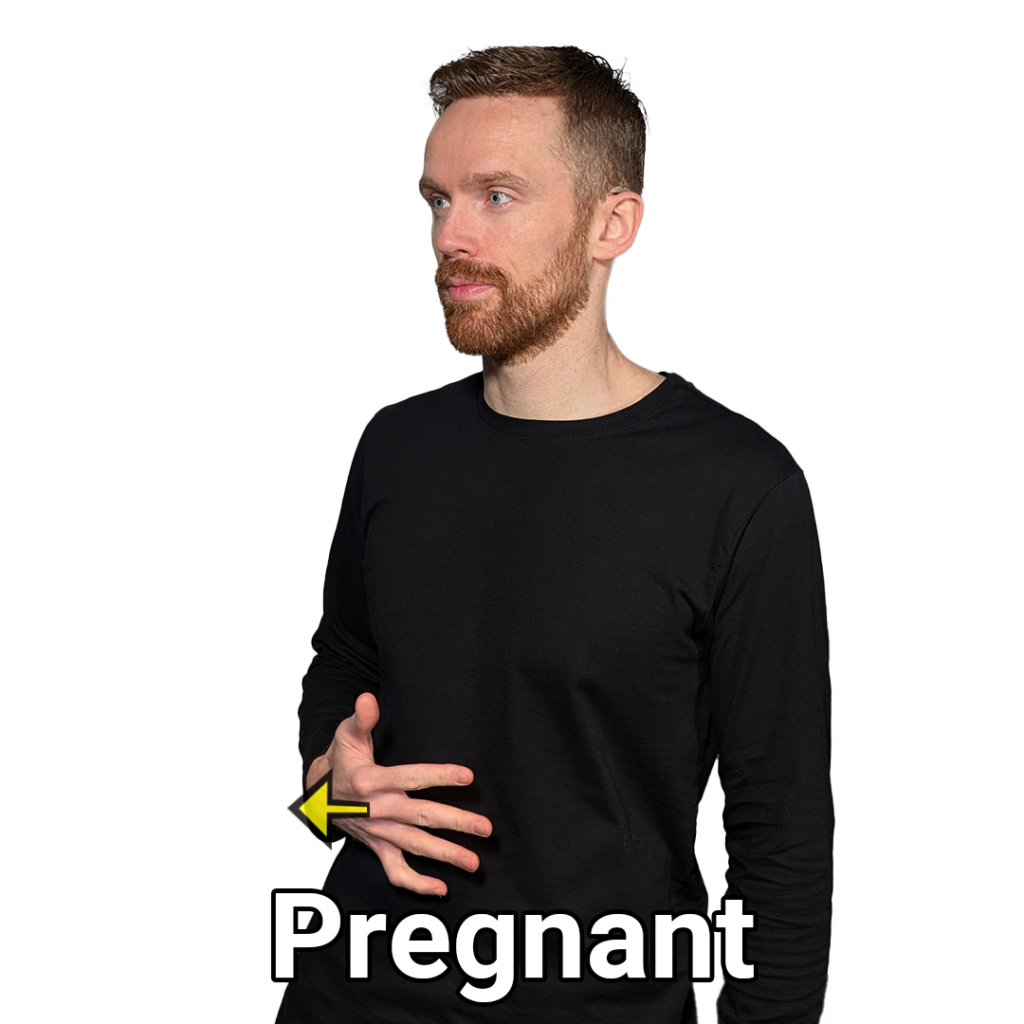
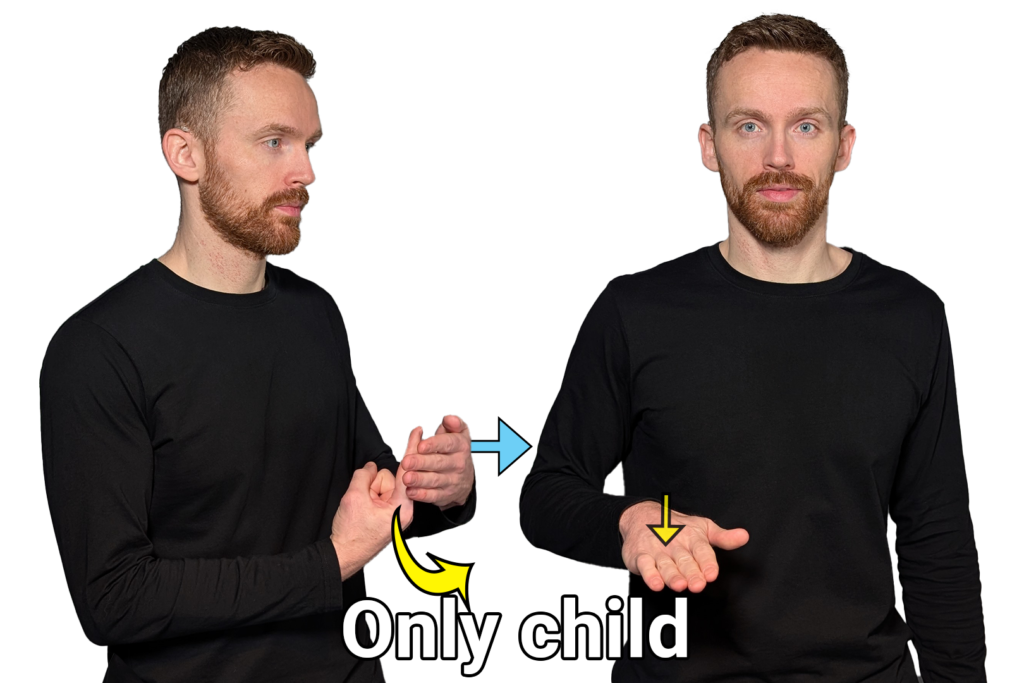
Example sentences
HAVE is a useful verb when discussing your family. An example sentence is: ME HAVE TWO CHILDREN.
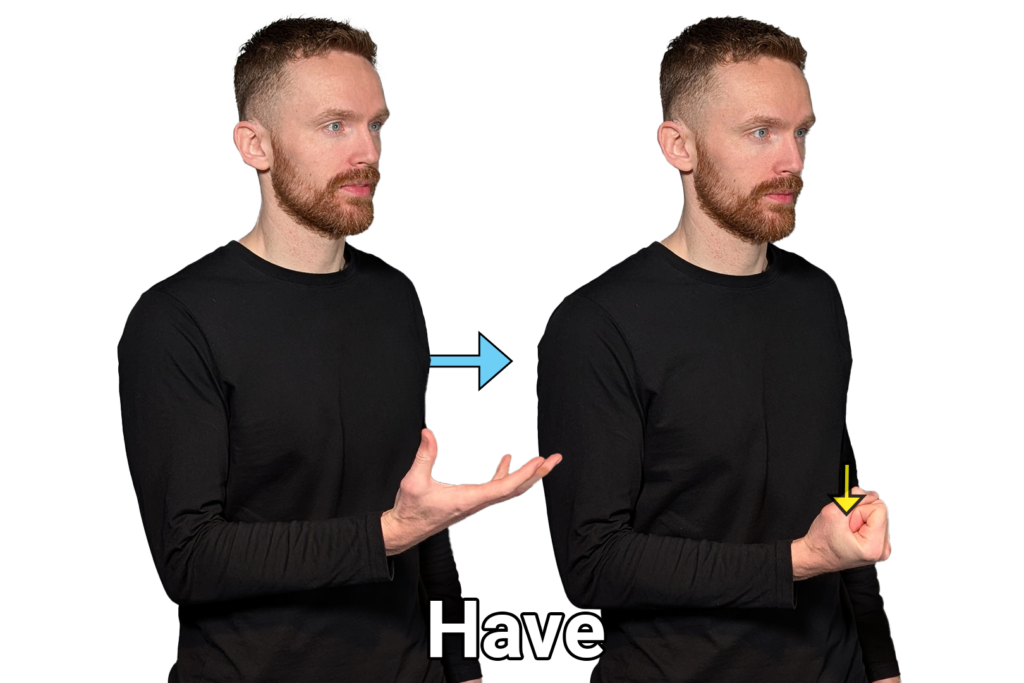
You may wish to sign about the size of your family. The signs for BIG and SMALL depend hugely on context in BSL and will vary accordingly. These versions of big and small can be used to describe your family. Example sentences are: MY FAMILY BIG or MY FAMILY SMALL.
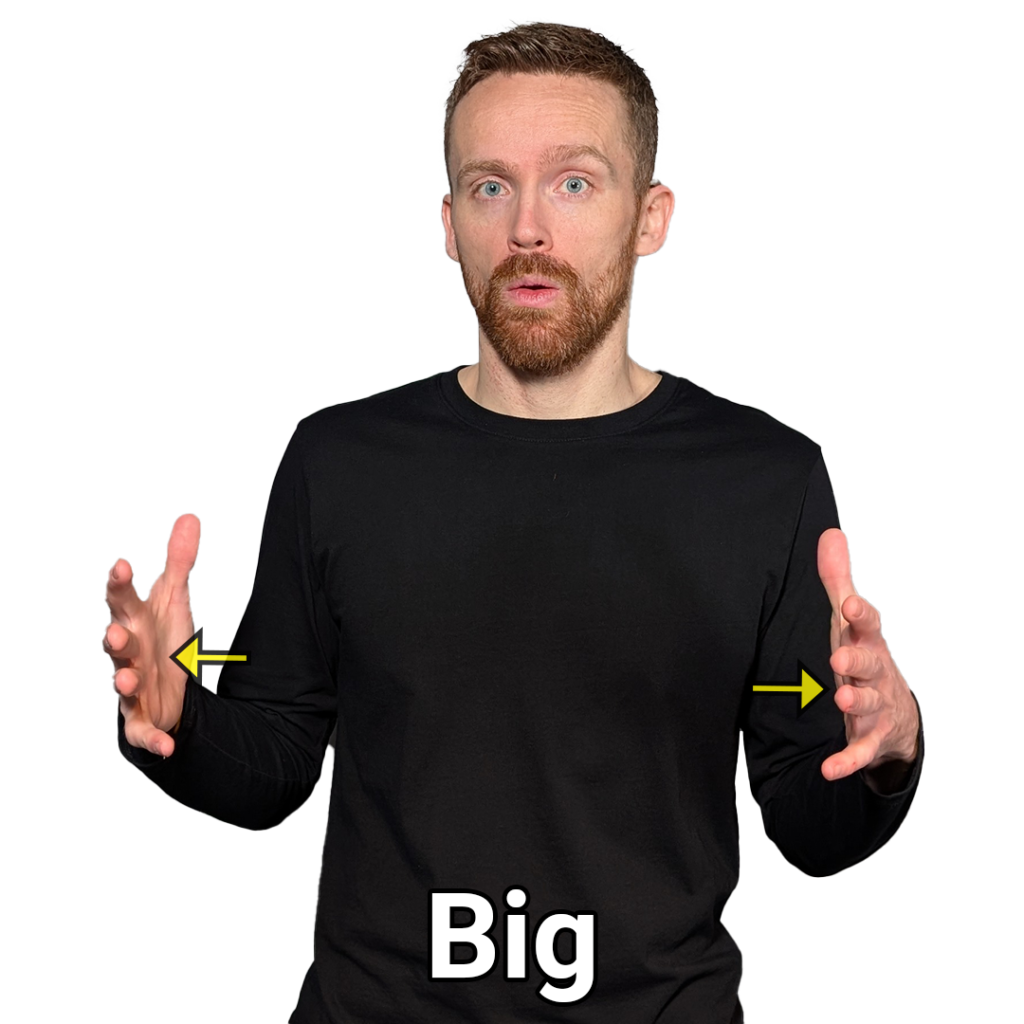
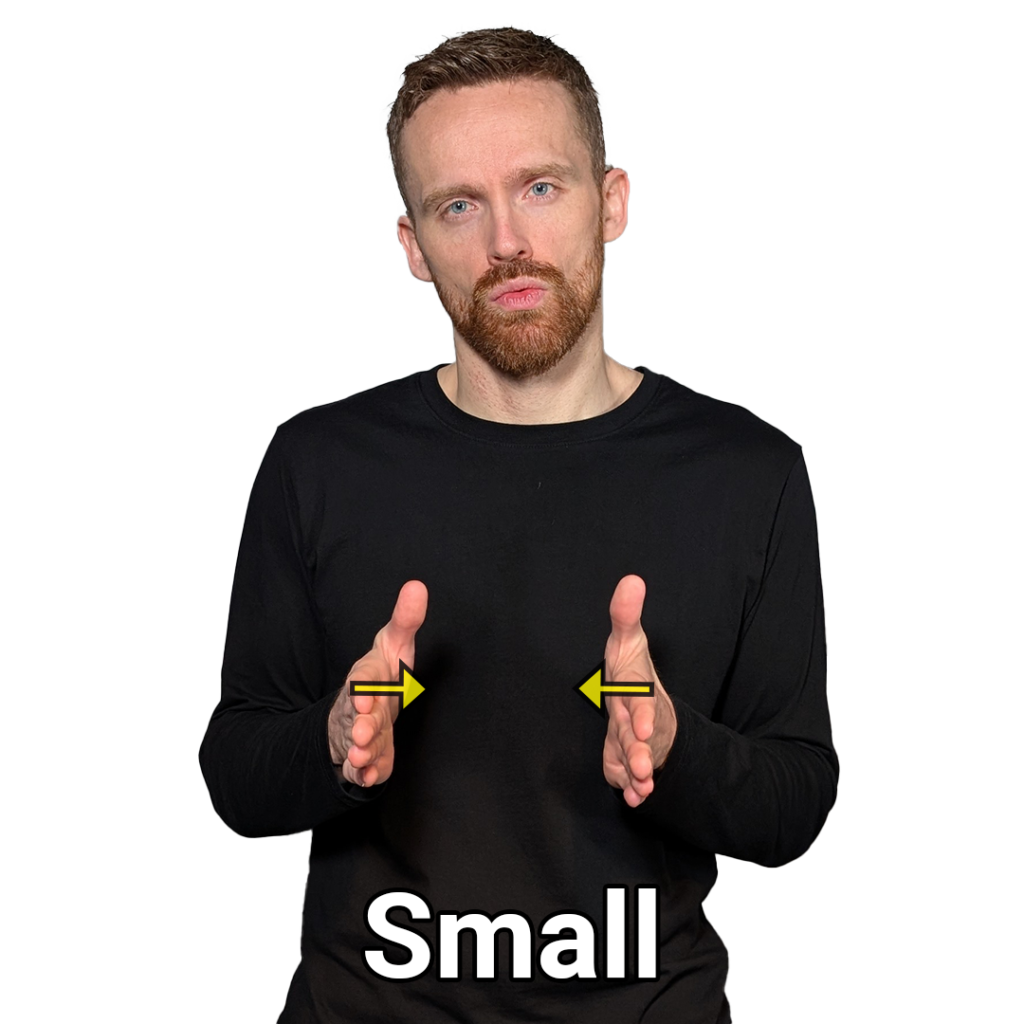
Video demonstration
Example sentences
Remember, there is some flexibility in how you approach translating English sentences into BSL. Remember to move any question signs to the end of sentences and sign the family member before giving information about them so that it’s clear you are giving information about them.
Here’s some examples of how sentences appear in BSL.
| ENGLISH | BRITISH SIGN LANGUAGE (BSL) |
| Do you have any children? | CHILDREN YOU HAVE? |
| I am married, my wife’s name is Scarlett. | ME MARRIED, MY WIFE NAME SCARLETT |
| My mum is 60 years old. | MY MUM 60 YEARS OLD (sign 60 from the nose) |
| I am an only child. | ME ONLY CHILD |
| My friend’s name is Jim. | MY FRIEND NAME WHAT? JIM |
| How old is your sister? | YOUR SISTER HOW OLD? |
| What’s your grandma’s name? | YOUR GRANDMOTHER NAME WHAT? |
Exercise: Compile 5 short sentences about your family. Below are some examples, change them to suit your family.
1. MY MUM NAME JOAN
2. MY DAD 65-YEARS-OLD
3. MY FAMILY BIG
4. ME HAVE ONE CHILD, BOY NAME MAX
5. MY FRIEND NAME WHAT? GEORGE
Key points to remember
1. Various family signs are based on their first letter and some have the same handshapes and movement, so your lip pattern when signing family members is important.
2. Some signs have gender neutral versions which are increasing in popularity, for example the sign for PARENTS.
3. Be aware of other variations which may be regional or signer preference, for example UNCLE and AUNT have two commonly used signs each.
Useful downloads and links
A PDF version of this page will be available to download soon.
